Calcite
The Gemstone of Amplification and Cleansing
Calcite, a ubiquitous mineral composed of calcium carbonate (CaCO₃), is renowned for its diverse crystal habits and widespread occurrence. Its significance spans geological formations, cultural histories, and contemporary applications, making it a subject of enduring interest.
Origins of Calcite
Calcite is found globally, prominently in sedimentary environments. It is the principal constituent of limestone and marble, forming extensive sedimentary rock layers. Notable deposits exist in regions such as the United States, Mexico, and parts of Europe. Additionally, calcite can crystallize from magmatic processes, though this is less common.
Formation Process of Calcite
Calcite forms through various mechanisms:
-
Sedimentary Deposition: Marine organisms like mollusks and corals extract calcium and carbonate ions from seawater to construct shells and skeletons. Upon their death, these structures accumulate, compact, and lithify into limestone.
-
Precipitation: Calcite precipitates from supersaturated solutions, leading to formations such as stalactites and stalagmites in caves.
-
Metamorphism: Limestone subjected to heat and pressure transforms into marble, with calcite recrystallizing into interlocking grains.
Cultural Significance and Meaning of Calcite
Historically, calcite has held various cultural roles:
-
Ancient Egypt: Calcite was used in jewelry, amulets, and sculptures, associated with protection and power.
-
Symbolism: In metaphysical beliefs, calcite is considered a powerful energy cleanser and amplifier, enhancing spiritual development.
Market Value and Rarity
Calcite is abundant, making it generally affordable. However, specimens with unique colors, clarity, or crystal formations can command higher prices among collectors and jewelers. Factors influencing value include size, color intensity, and the presence of rare inclusions.
Calcite Properties
External
Career & Success
Career Success
Relationships & Communication
Communication Skills
Inner
Resolution
Composure
Calmness
Intuition
Connectivity
Zodiac




Element


Chakras



Planet


Mohs Hardness
3 - 3.2
Click to copy the Calcite properties
Jewelry Uses and Fashion Tips
Calcite's variety of colors and translucency make it suitable for various jewelry pieces:
-
Designs: Cabochons, beads, and carvings.
-
Care: With a Mohs hardness of 3, calcite requires gentle handling to prevent scratches. It's advisable to store calcite jewelry separately and avoid exposure to harsh chemicals.
Pairing Calcite with Other Gemstones or Materials
Calcite pairs well with other materials to create harmonious jewelry combinations:
-
Metals: Silver and white gold enhance calcite's soft hues.
-
Gemstones: Combining calcite with pearls or clear quartz can create elegant contrasts.




Crystal Color Palettes for Artistic and Fashion Inspiration
Calcite's diverse color palette offers inspiration for artistic endeavors. Here are five shades with their corresponding hex codes:

#A1C8DB Crystal Blue: A soft, light cyan.
#008080 Teal: A balanced blend of blue and green.
#E0FFFFLight Cyan: A pale, refreshing blue-green.
#FFFFE0 Pale Yellow: A delicate, soft yellow.
#F4C2C2 Soft Pink: A gentle, muted pink.
External Link
- Geology Science: information about calcite
- Interesting Fact About Calcite
- The Gem Library
- Geology: Calcite
Calcite exhibits unique optical properties, such as birefringence, where objects viewed through the crystal appear doubled. How might these optical characteristics inspire innovations in art, design, or technology?
Please share your comments below!


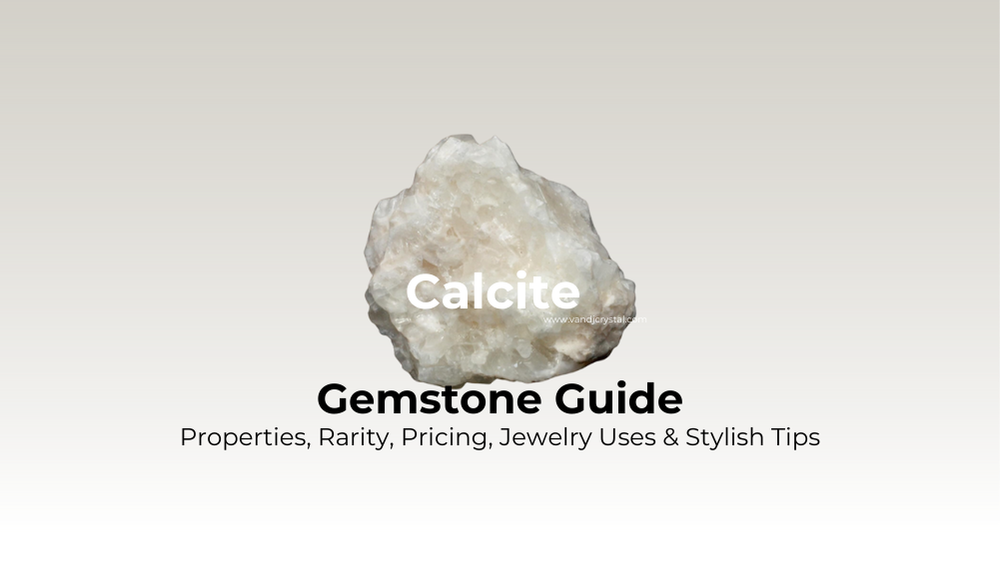
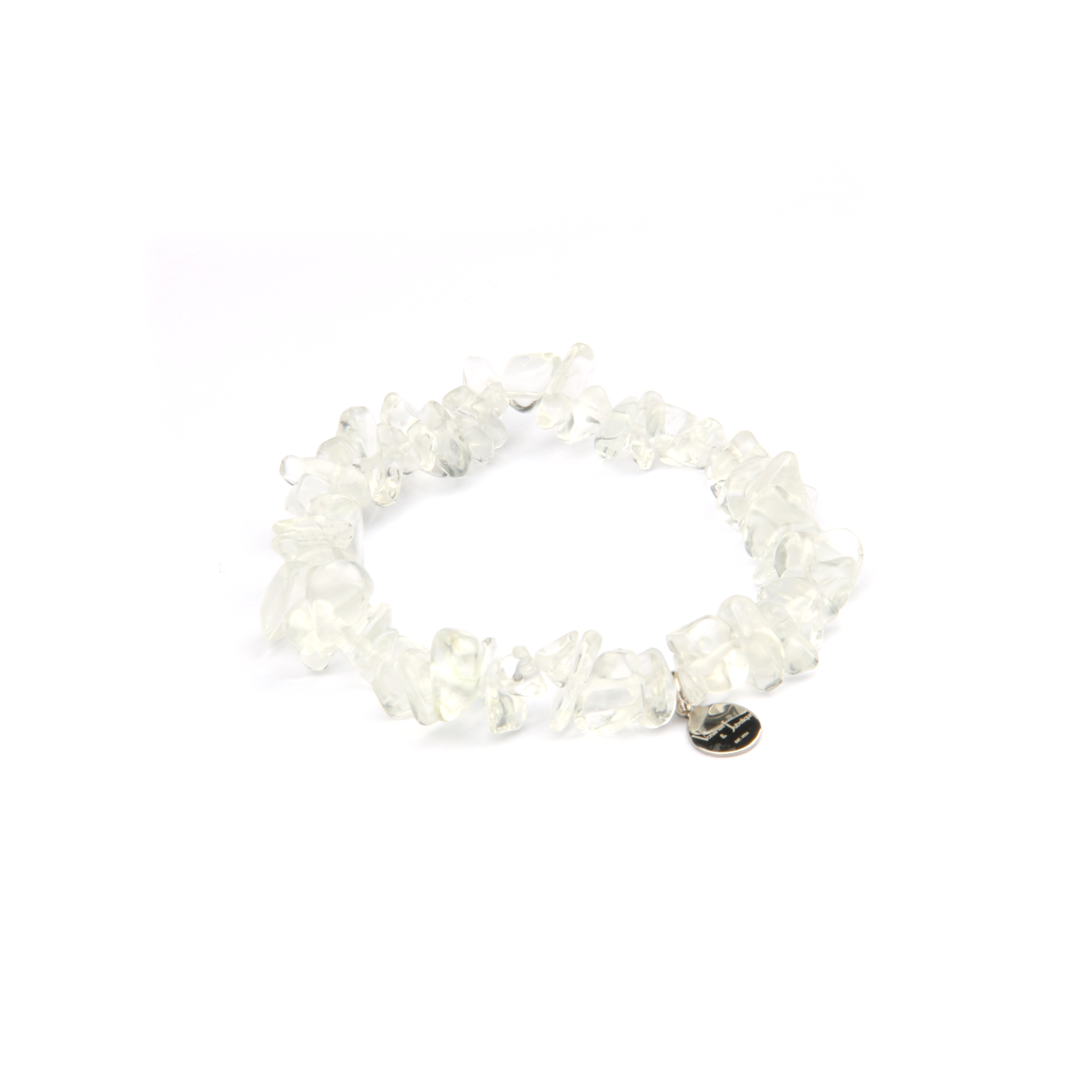
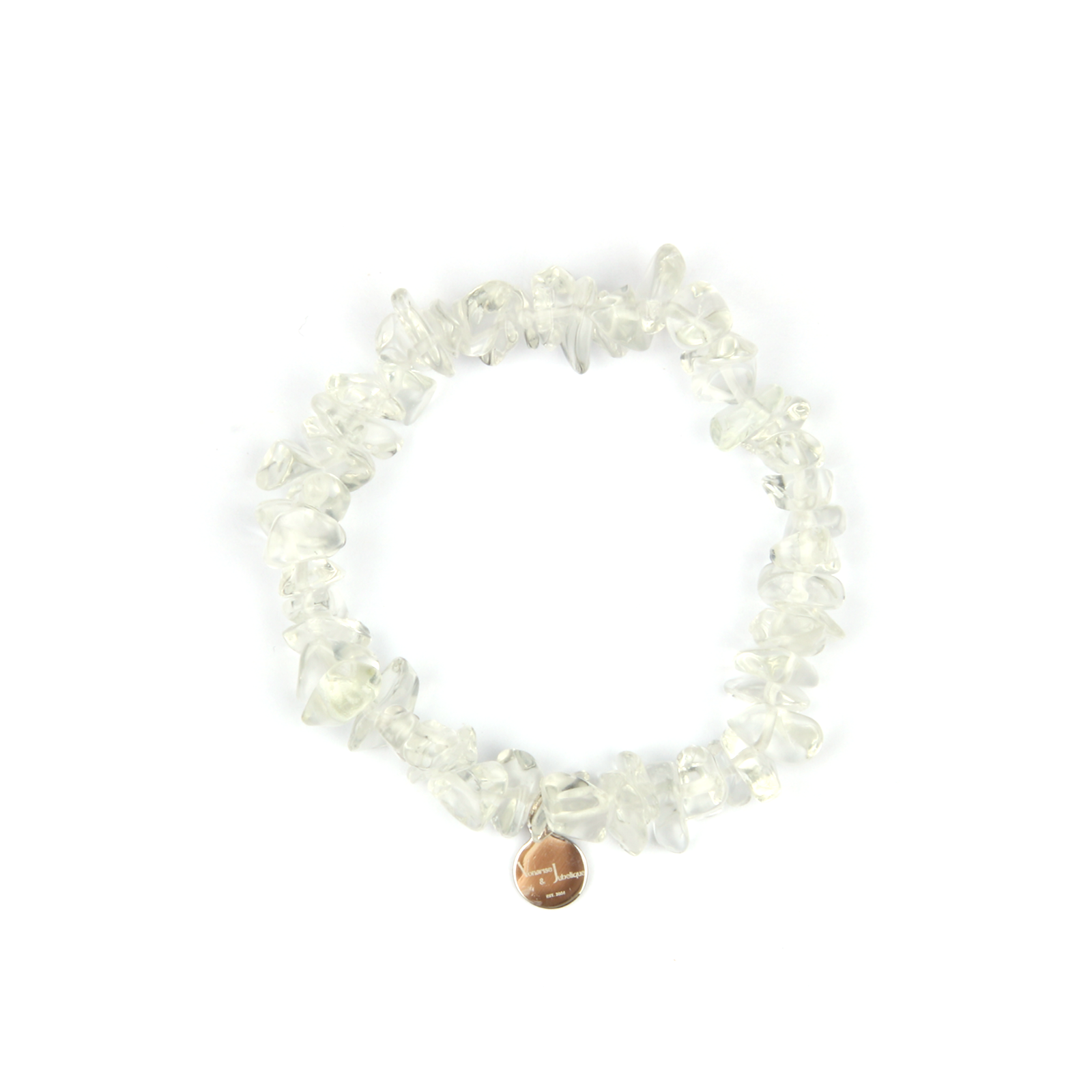
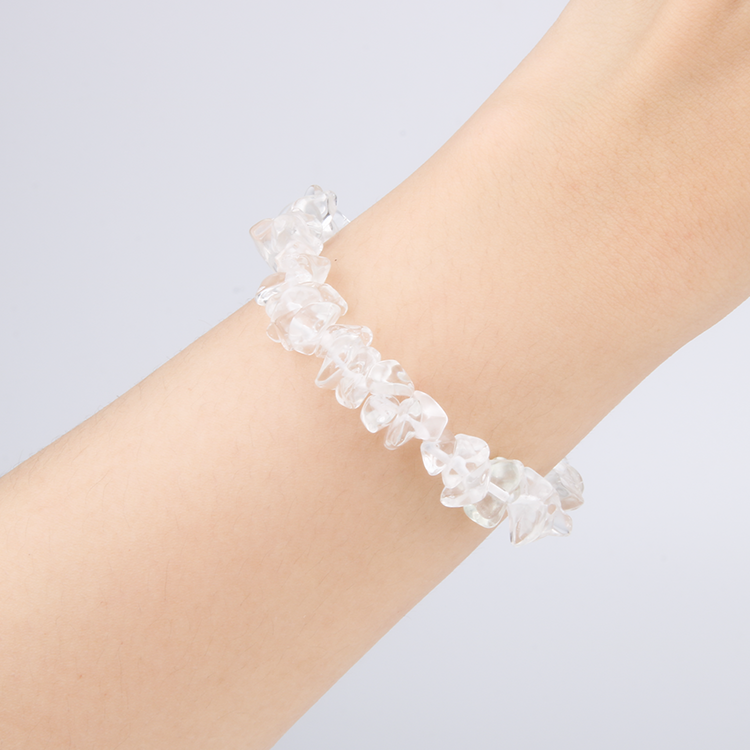

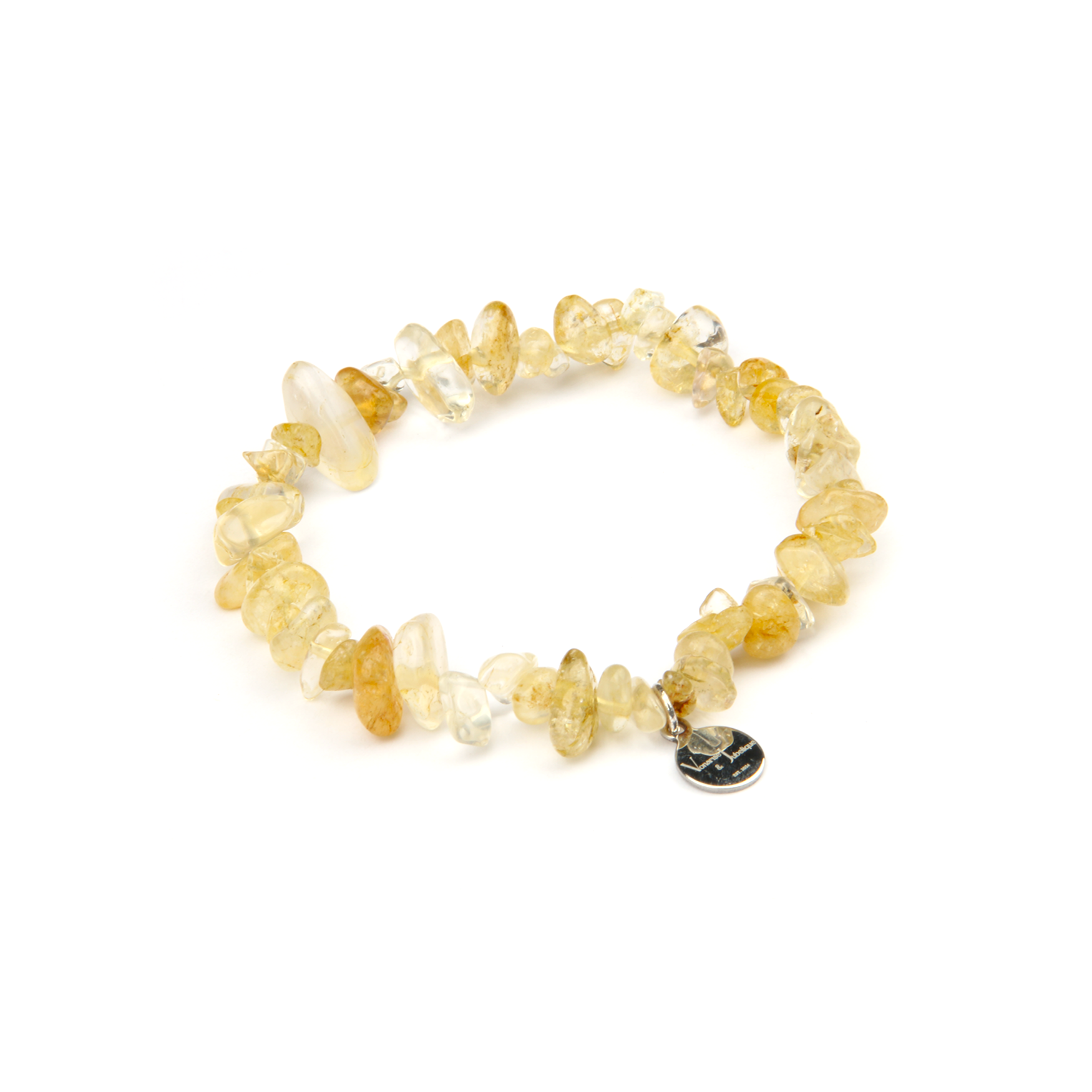
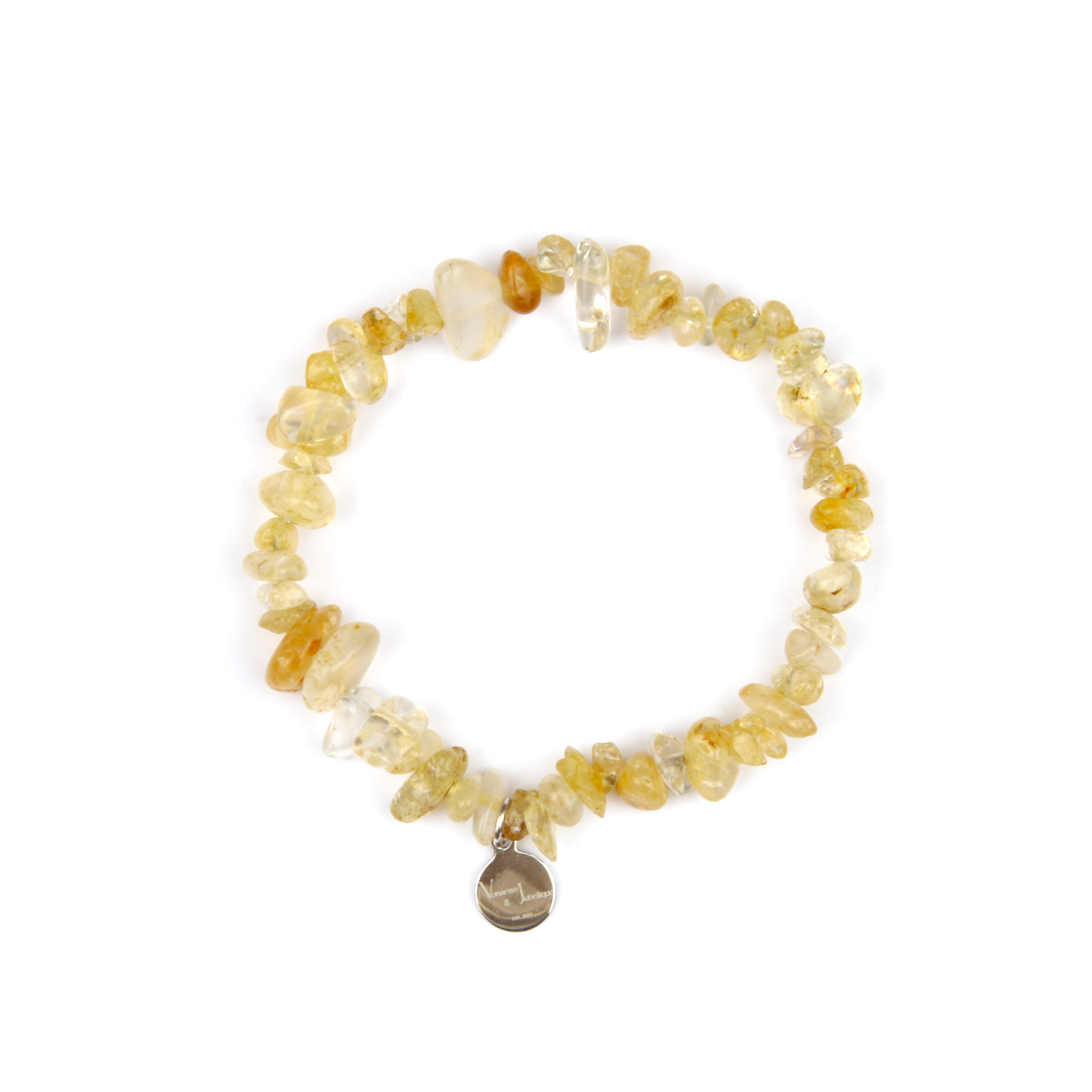
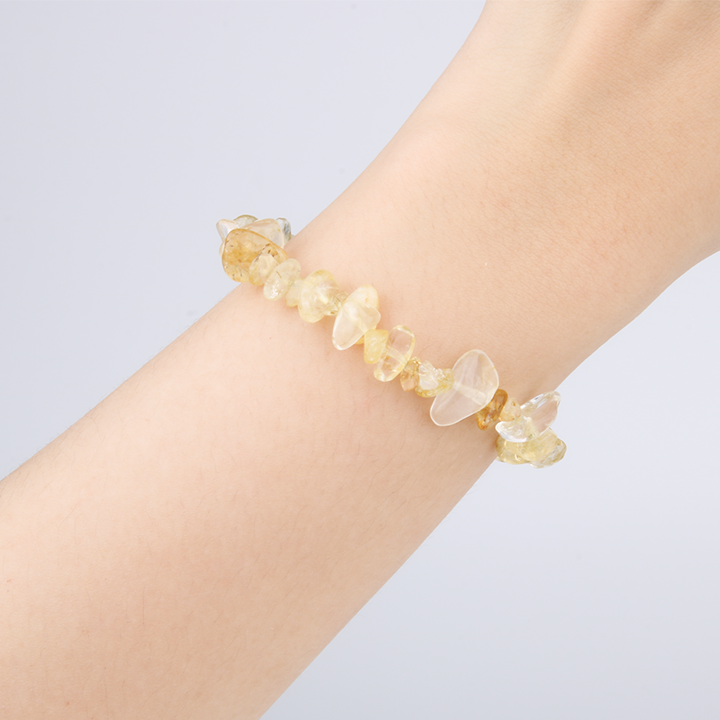
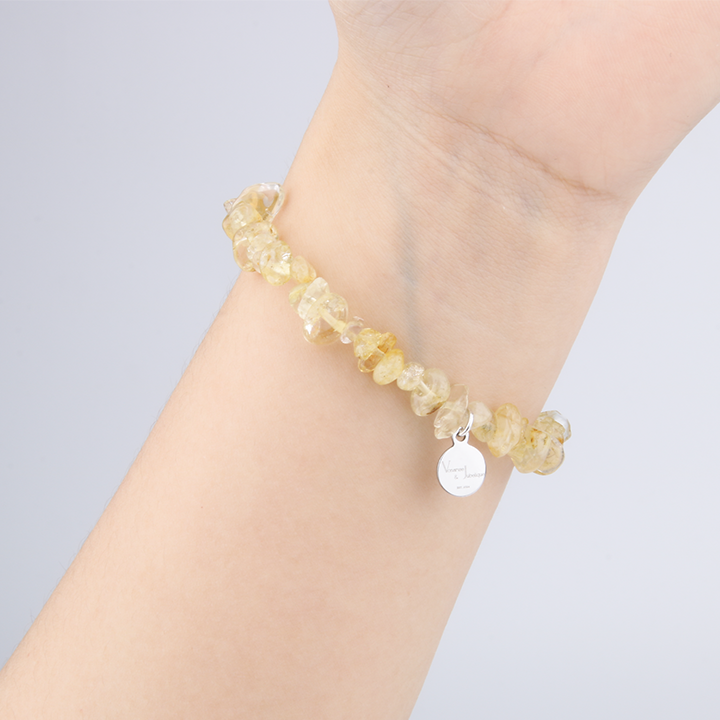
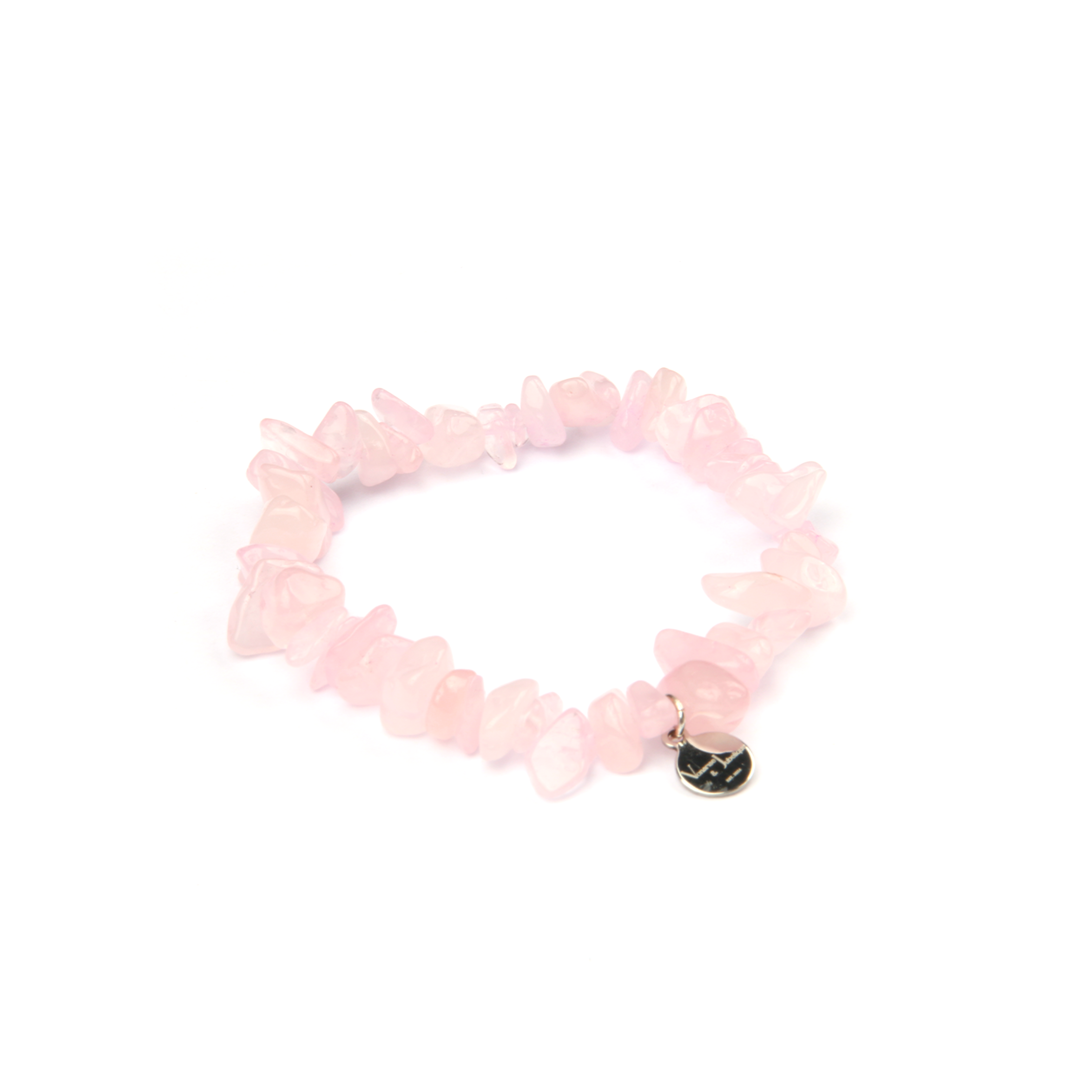
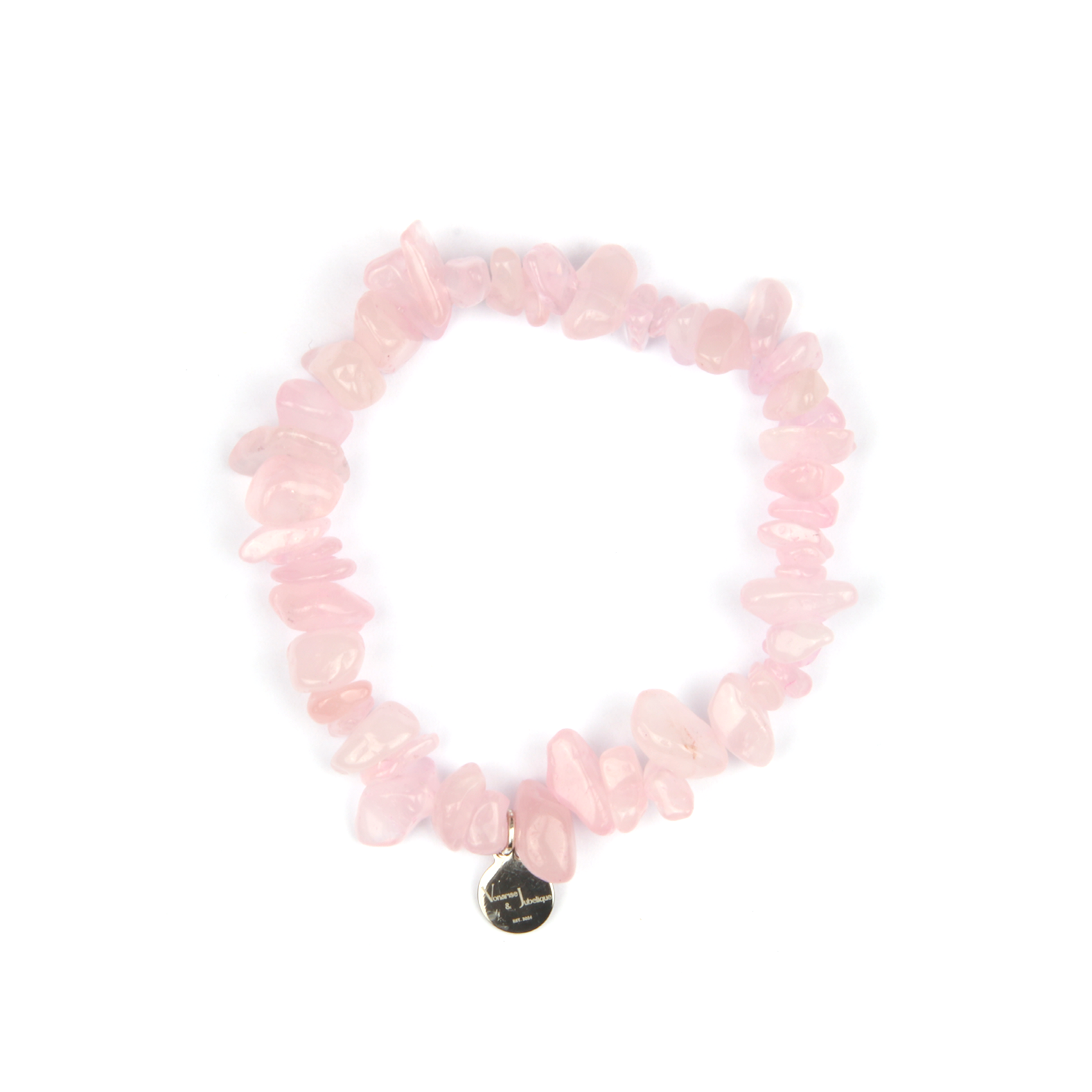
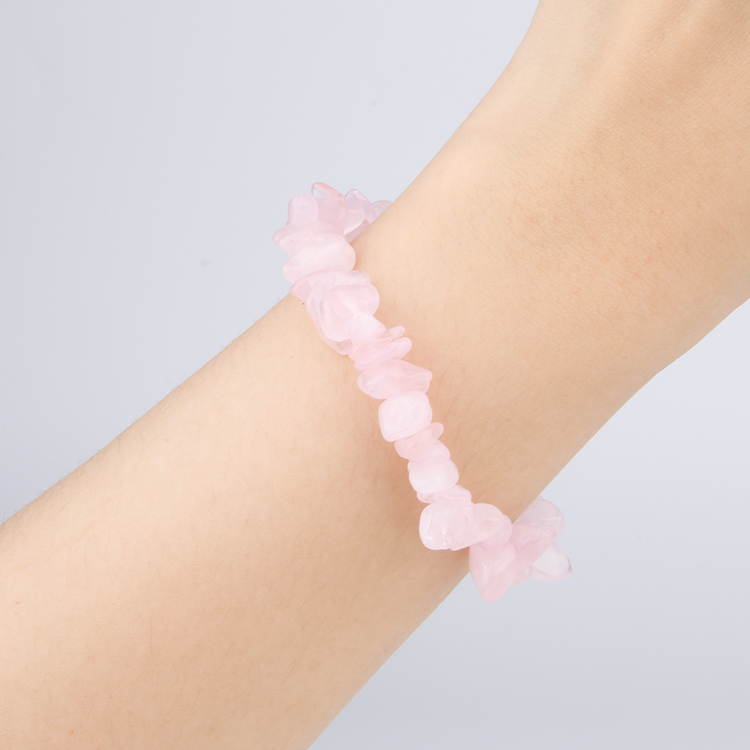


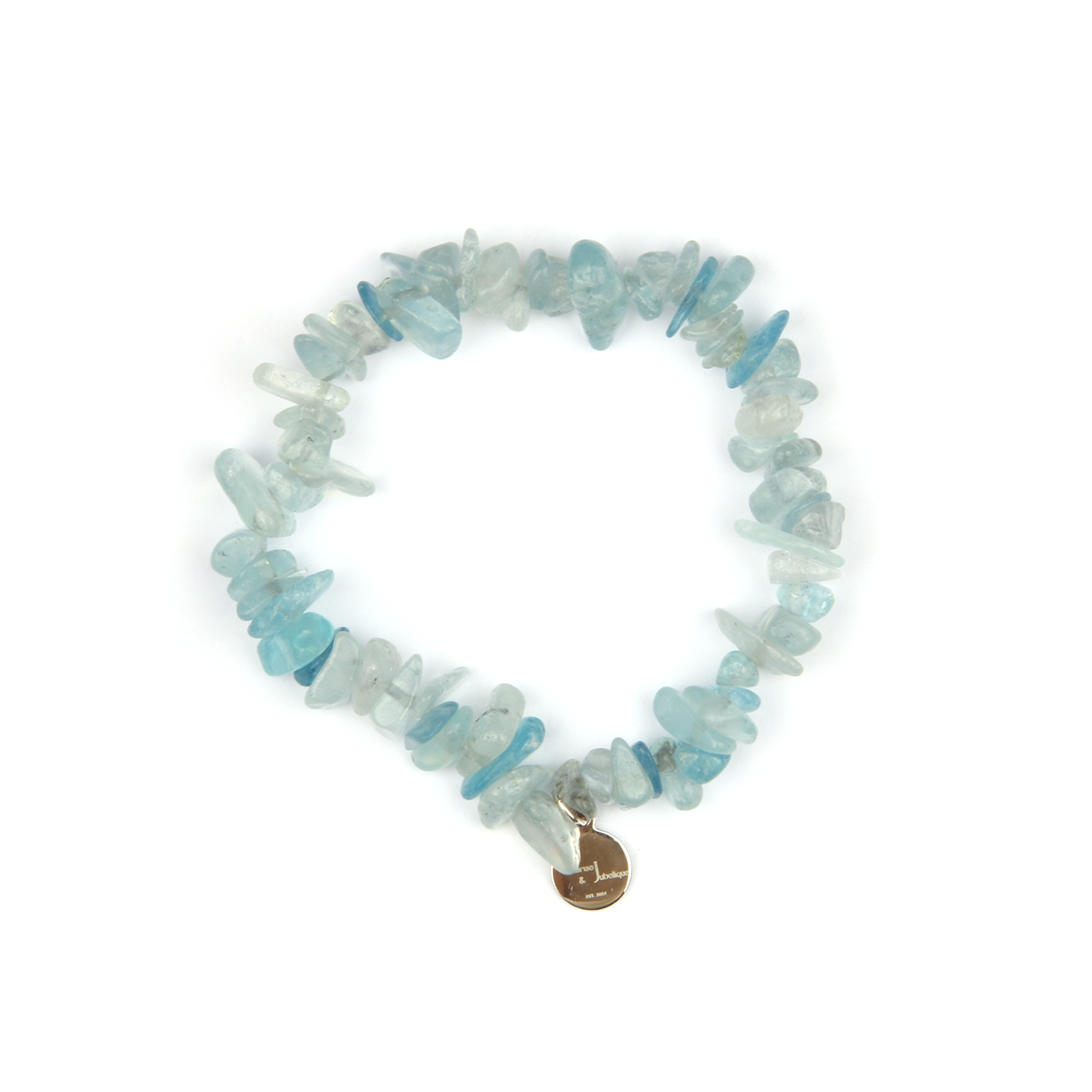
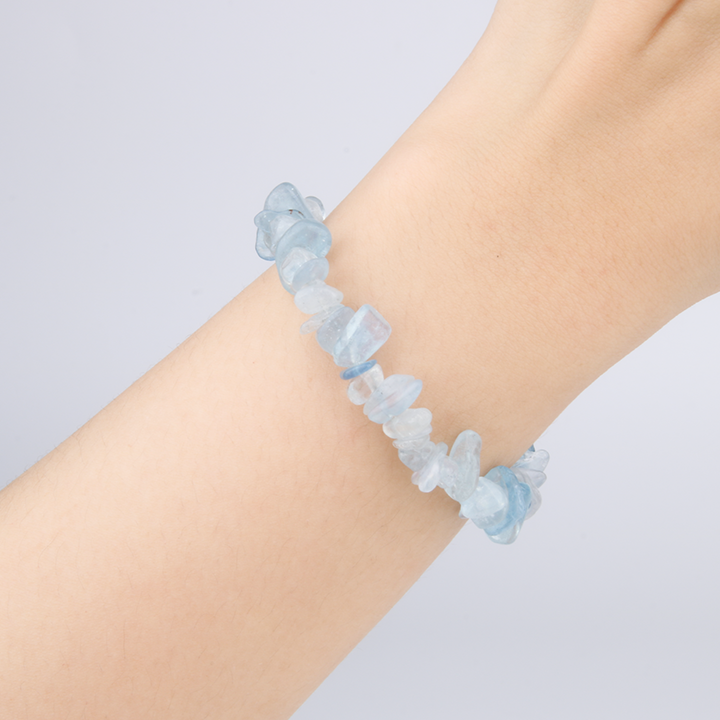

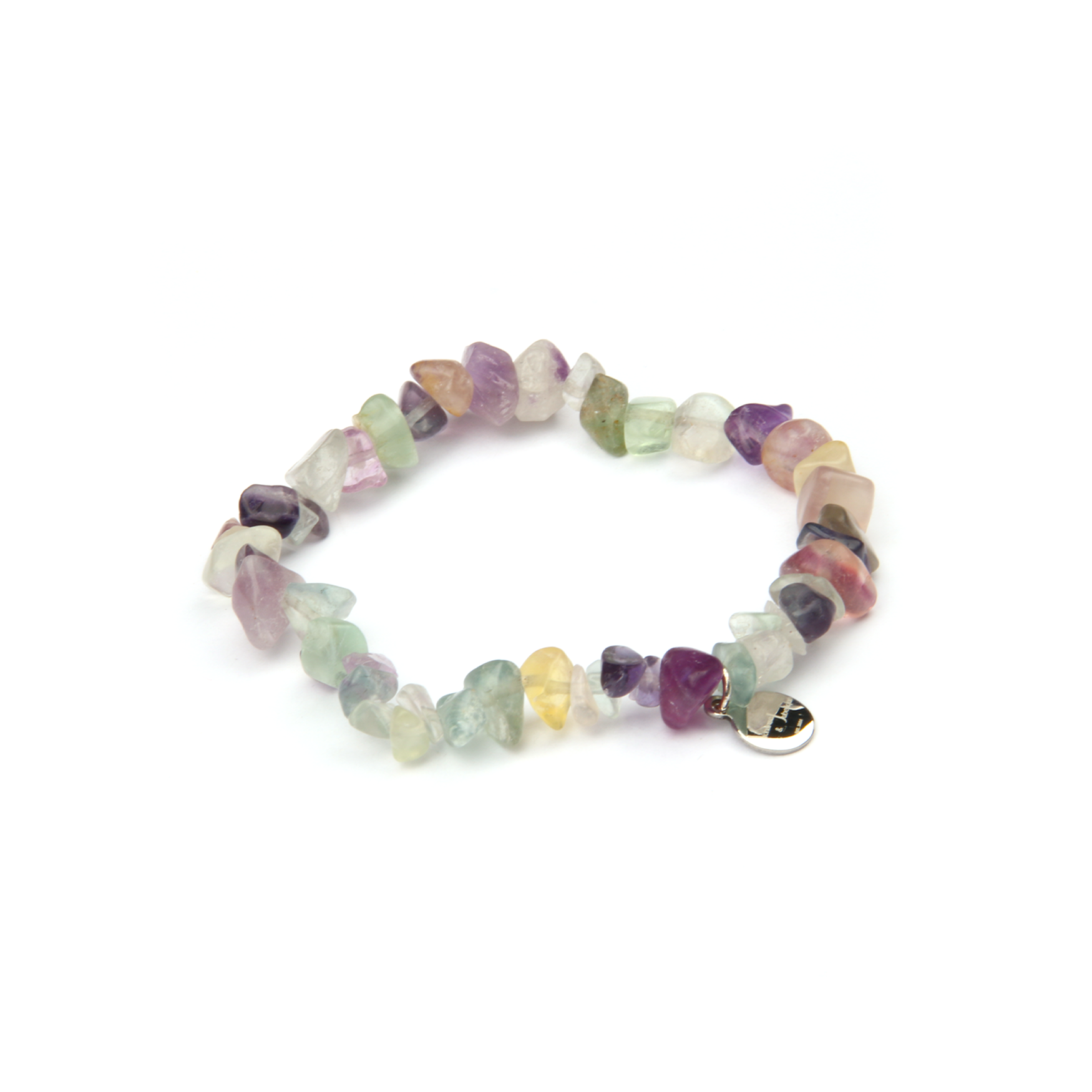
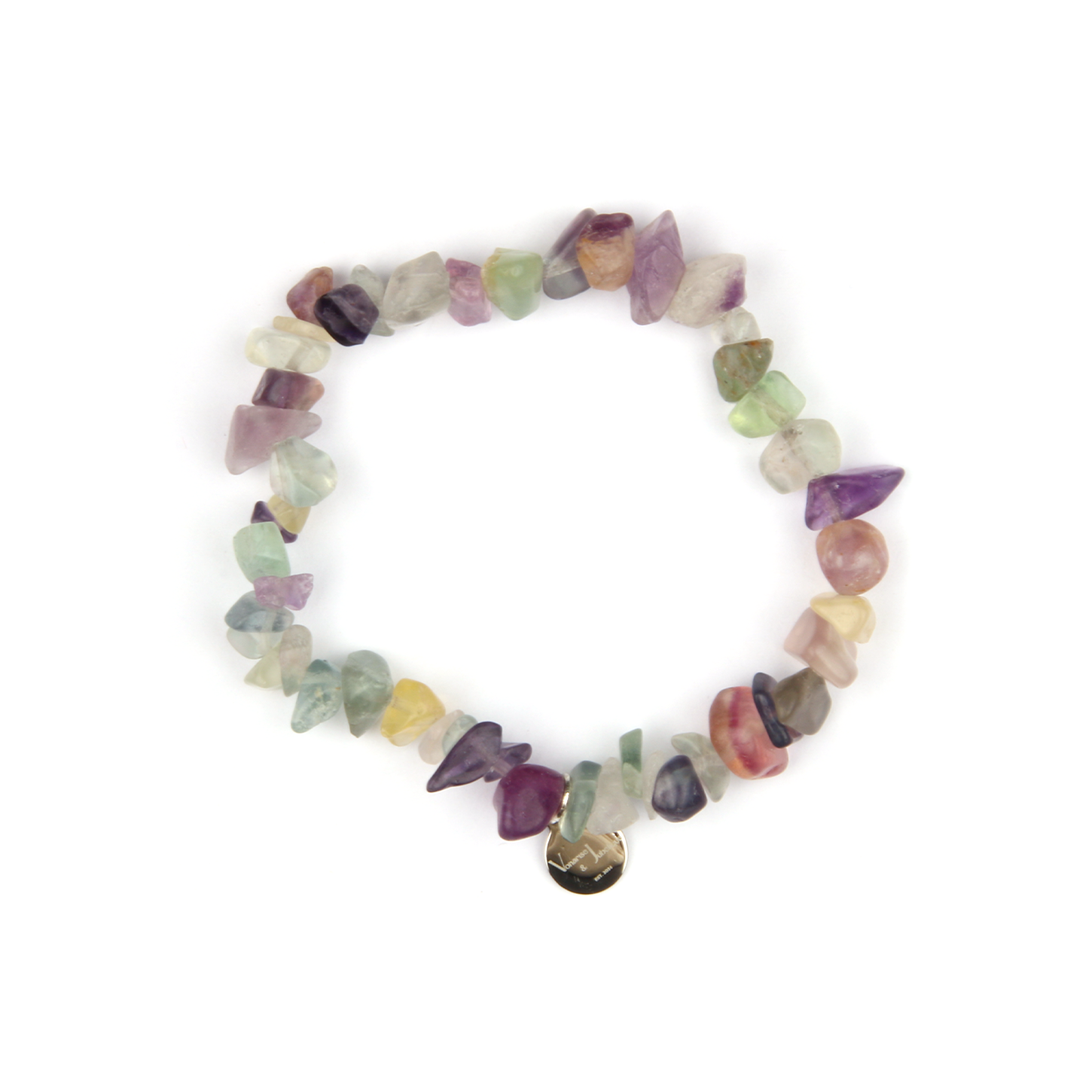
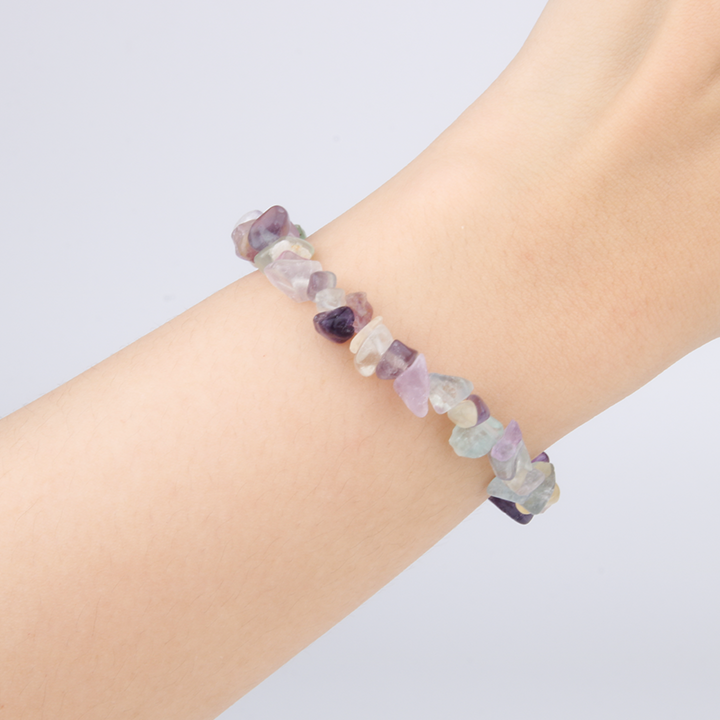
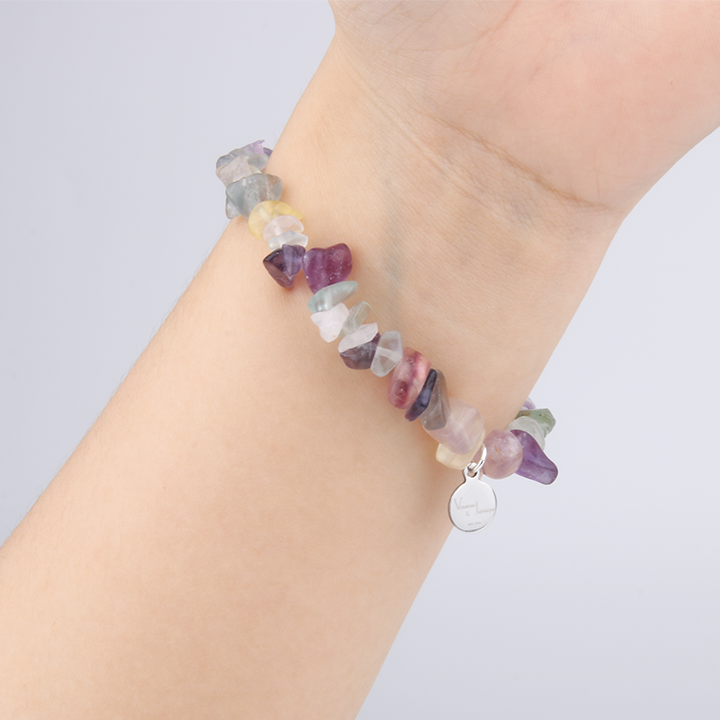
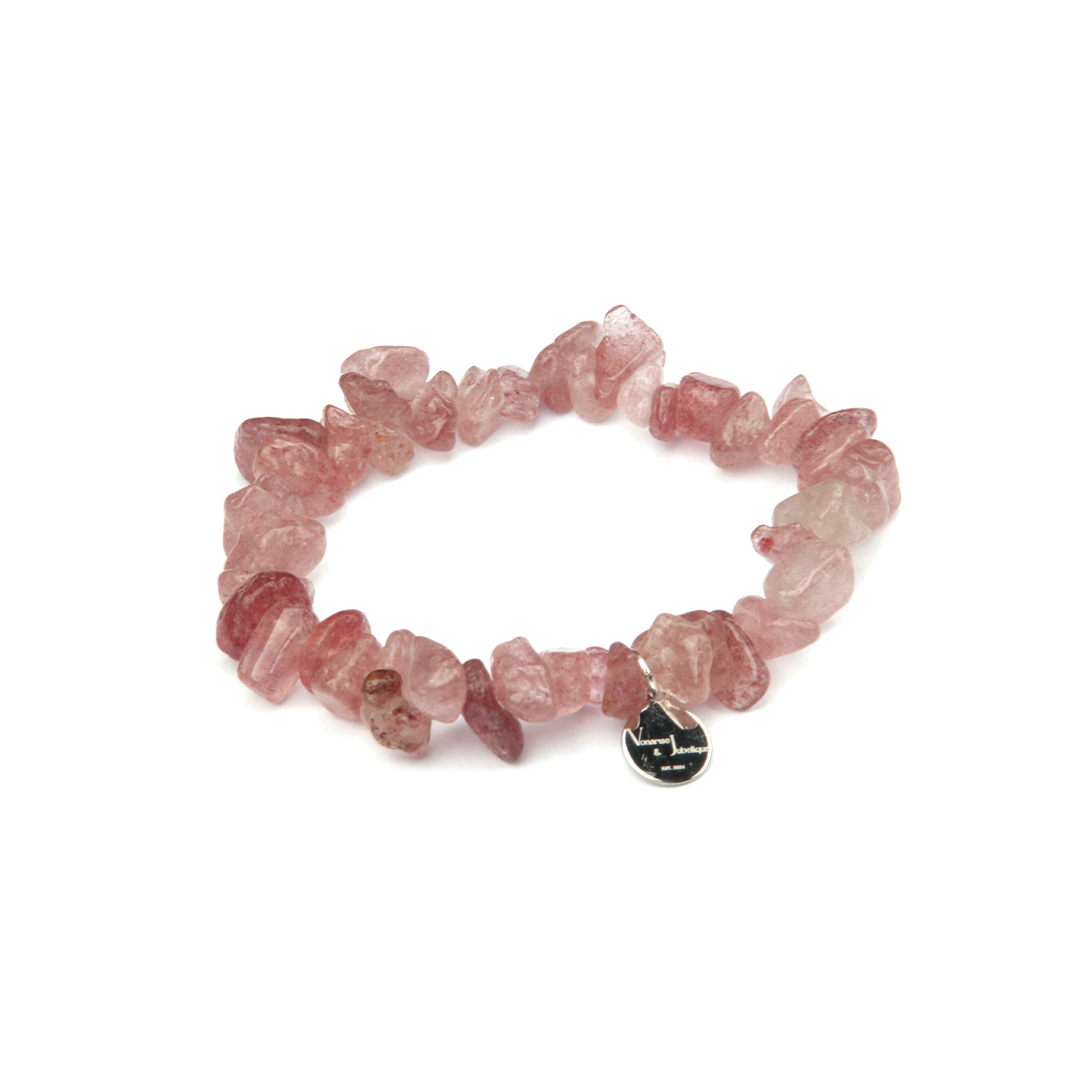
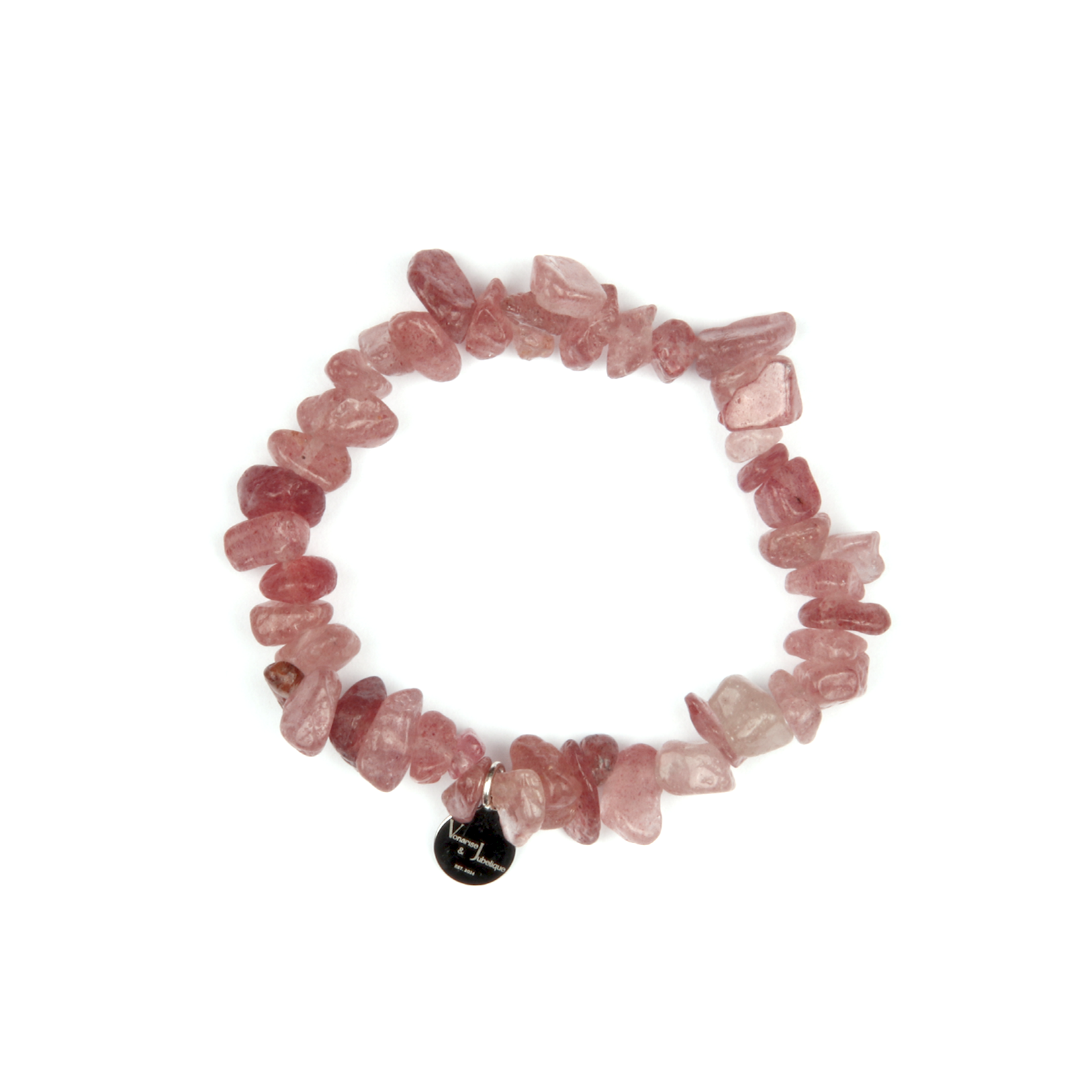
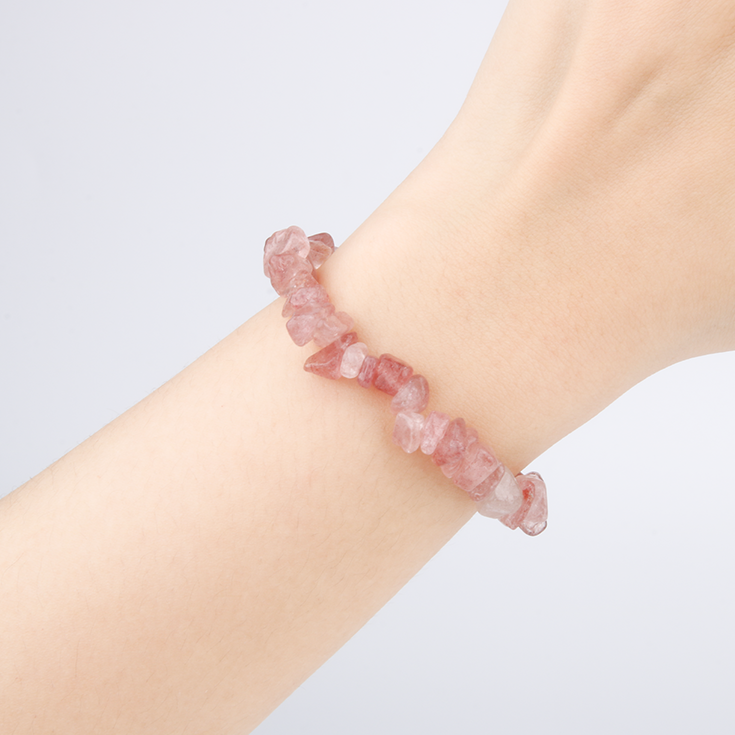
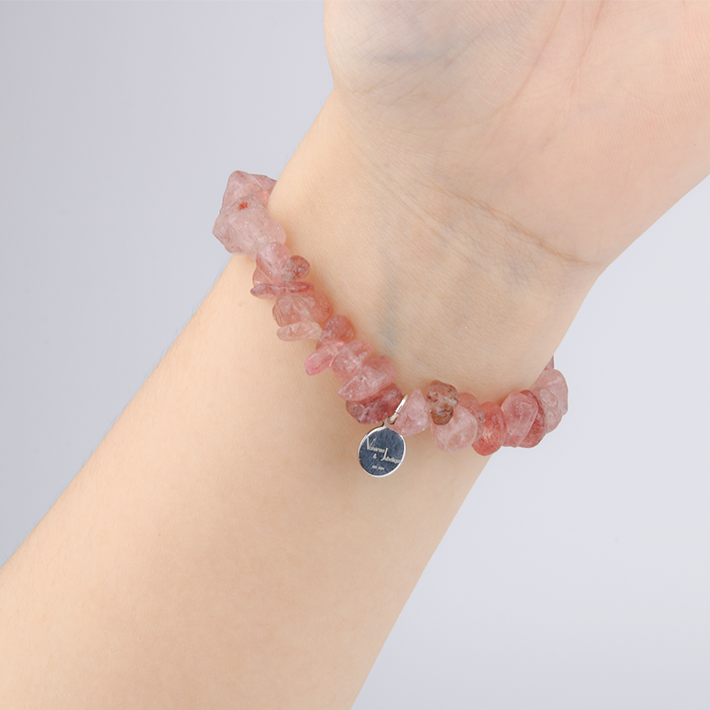
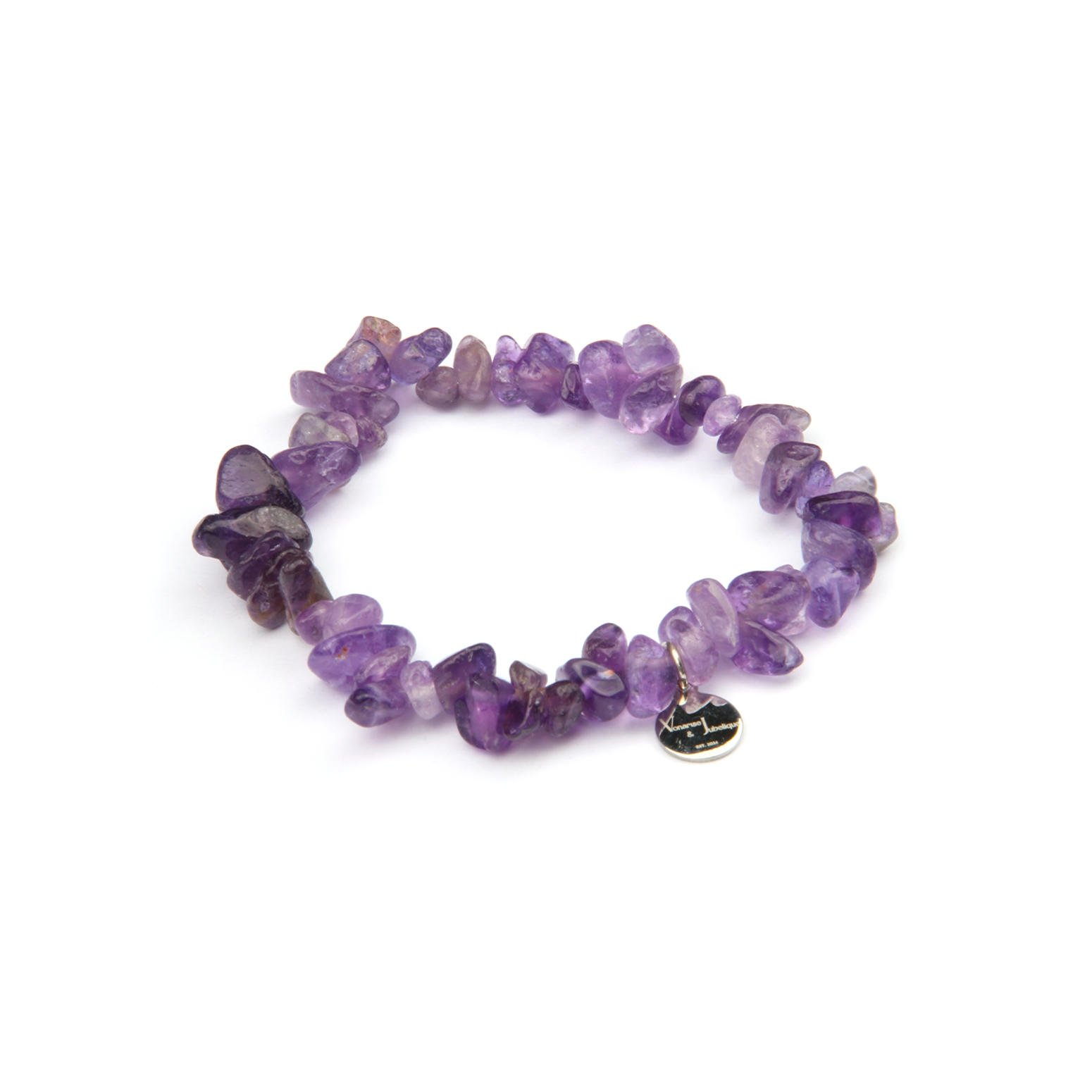
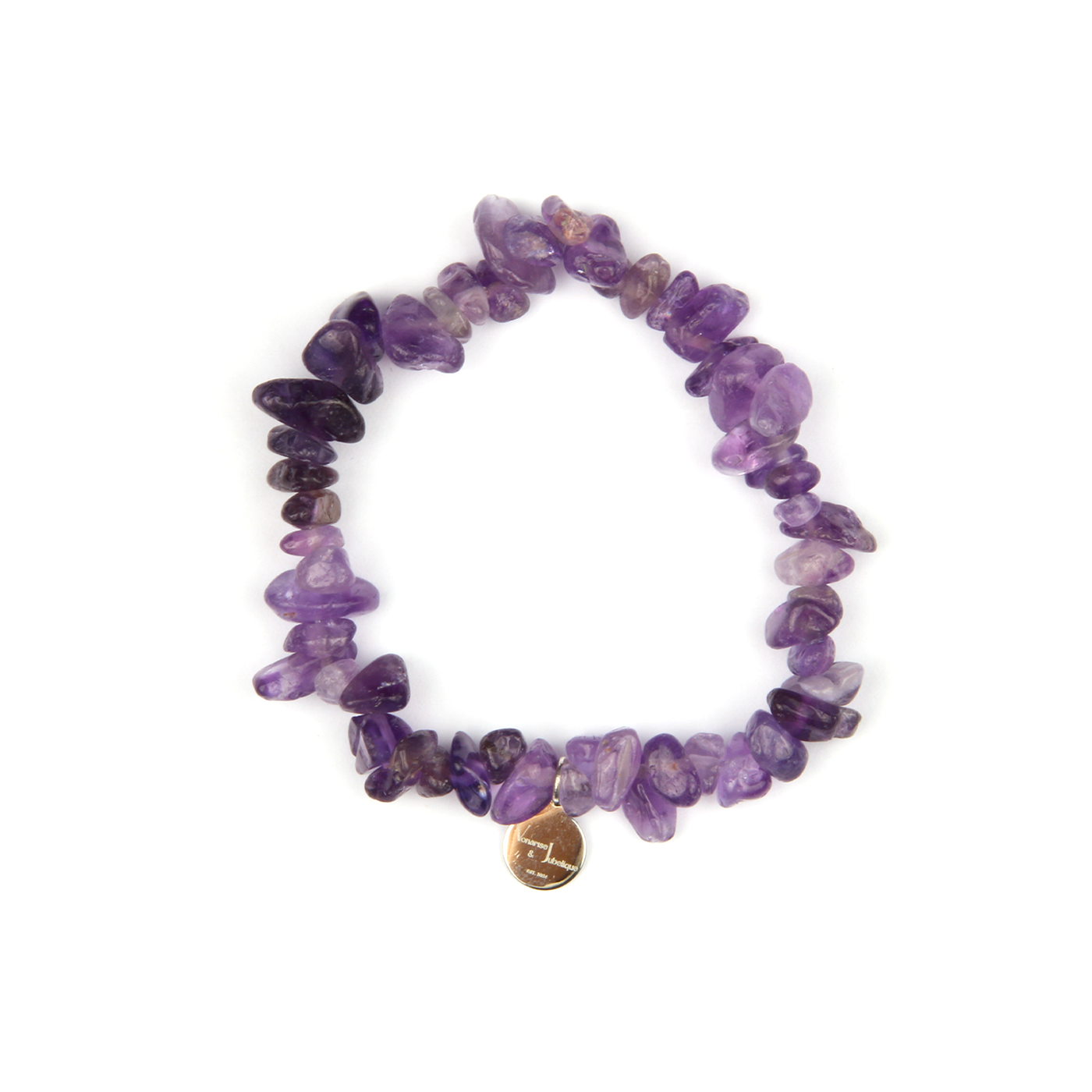
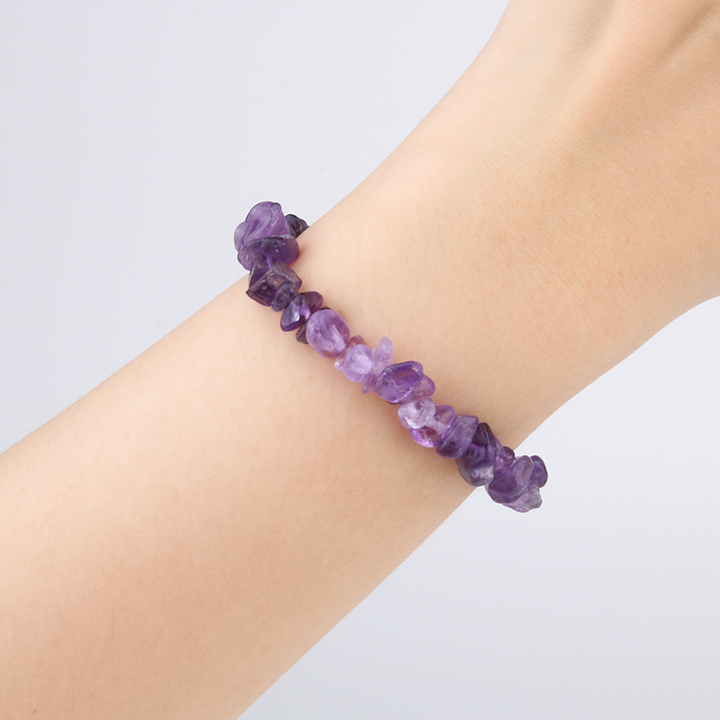
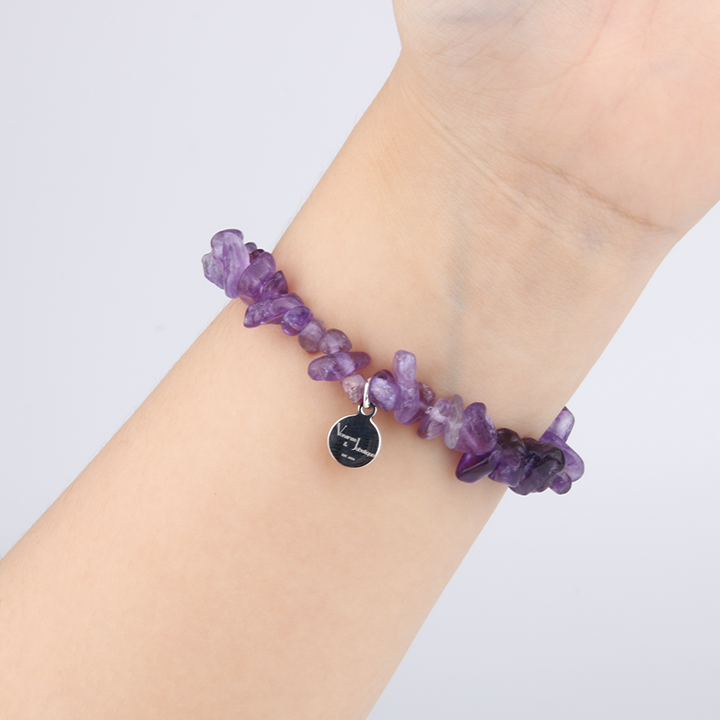
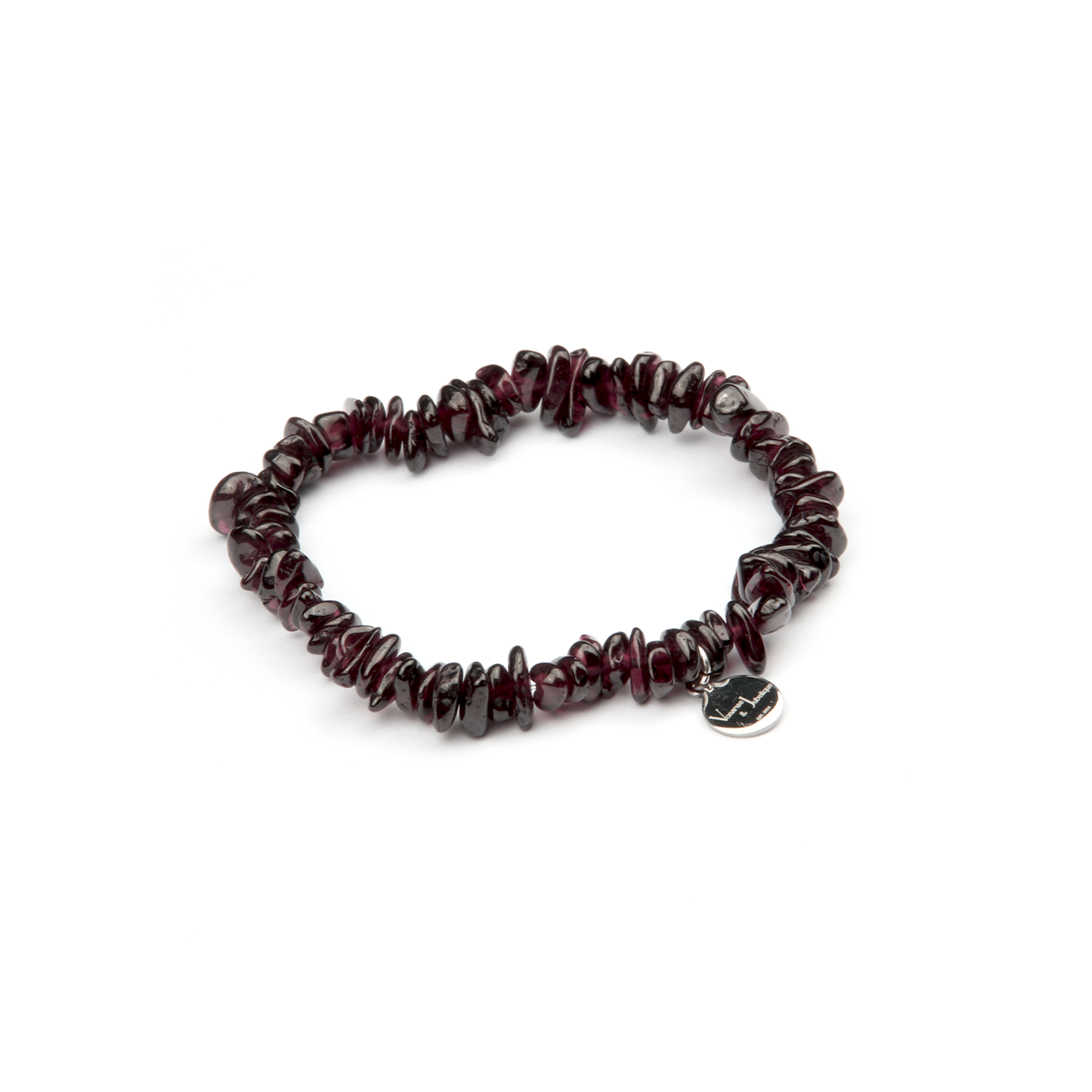
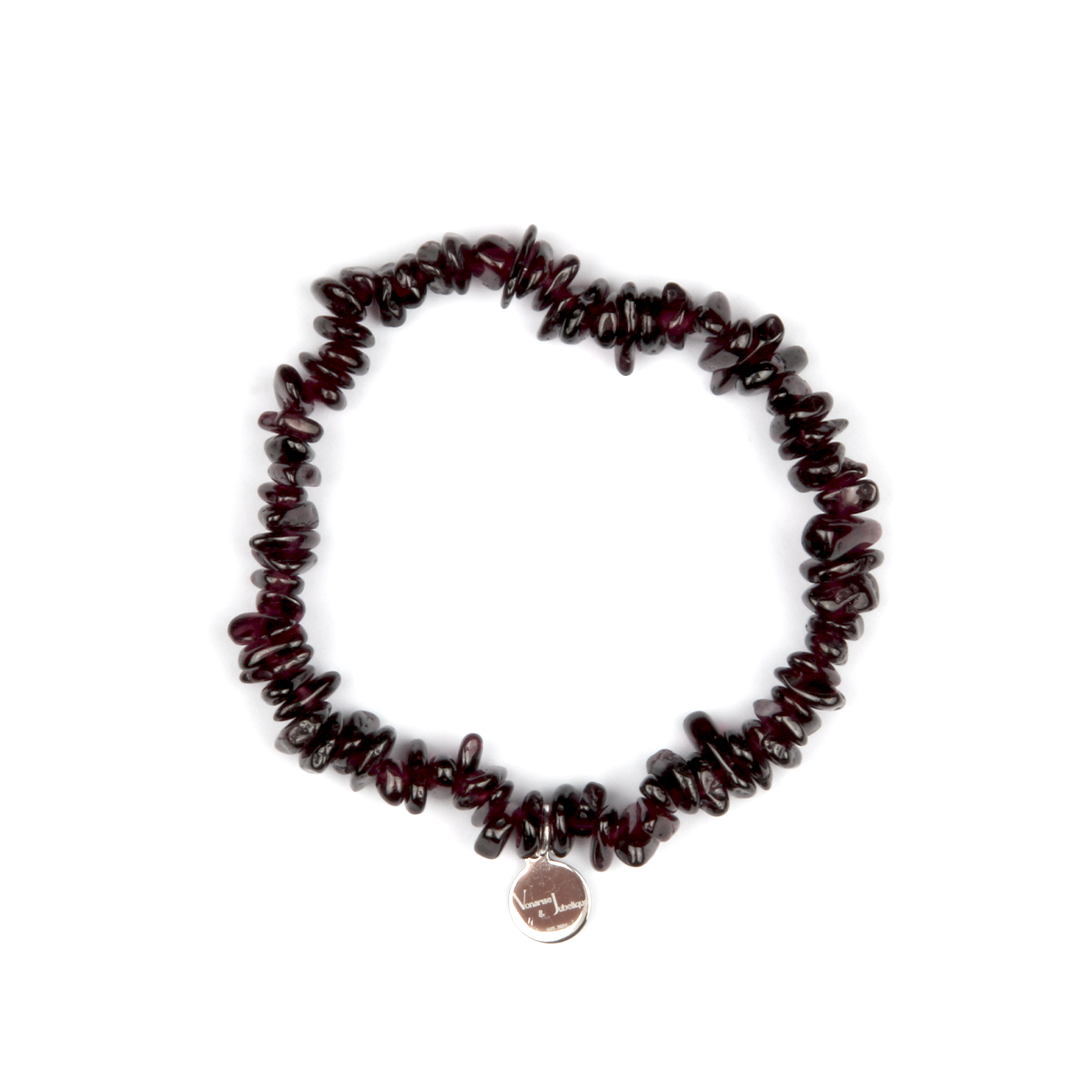
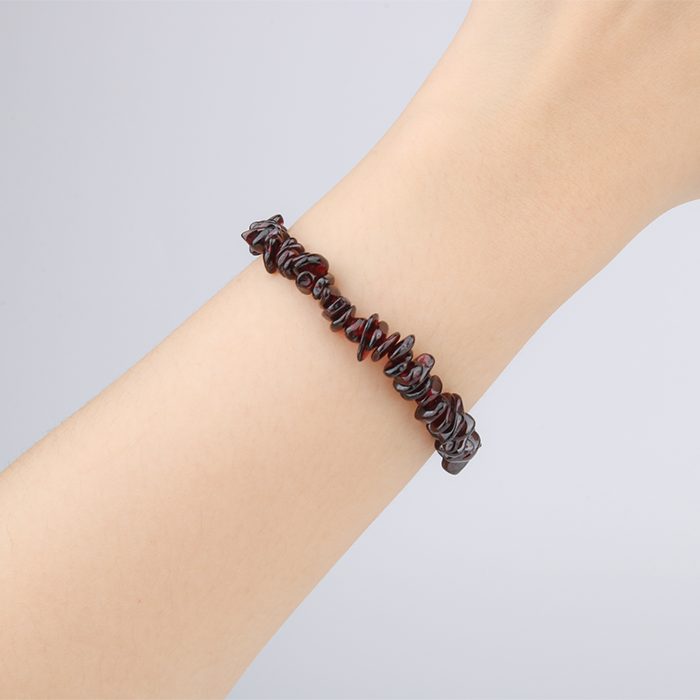
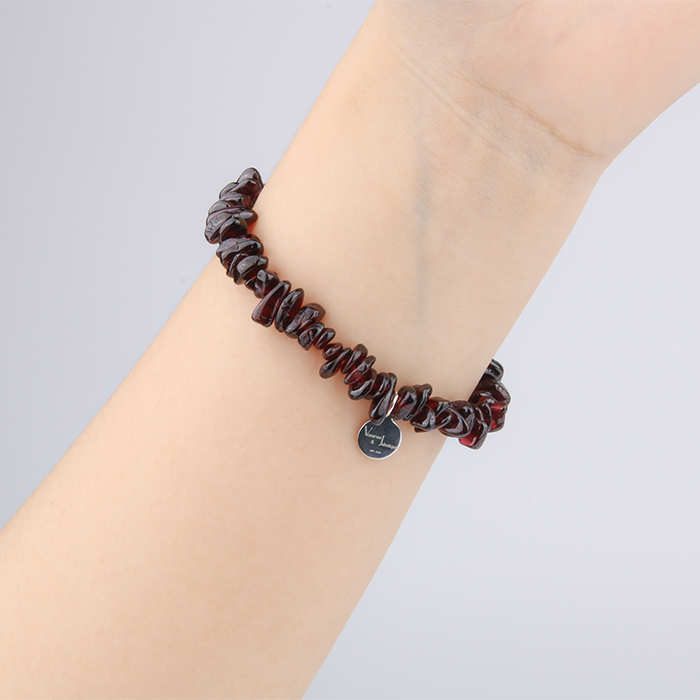
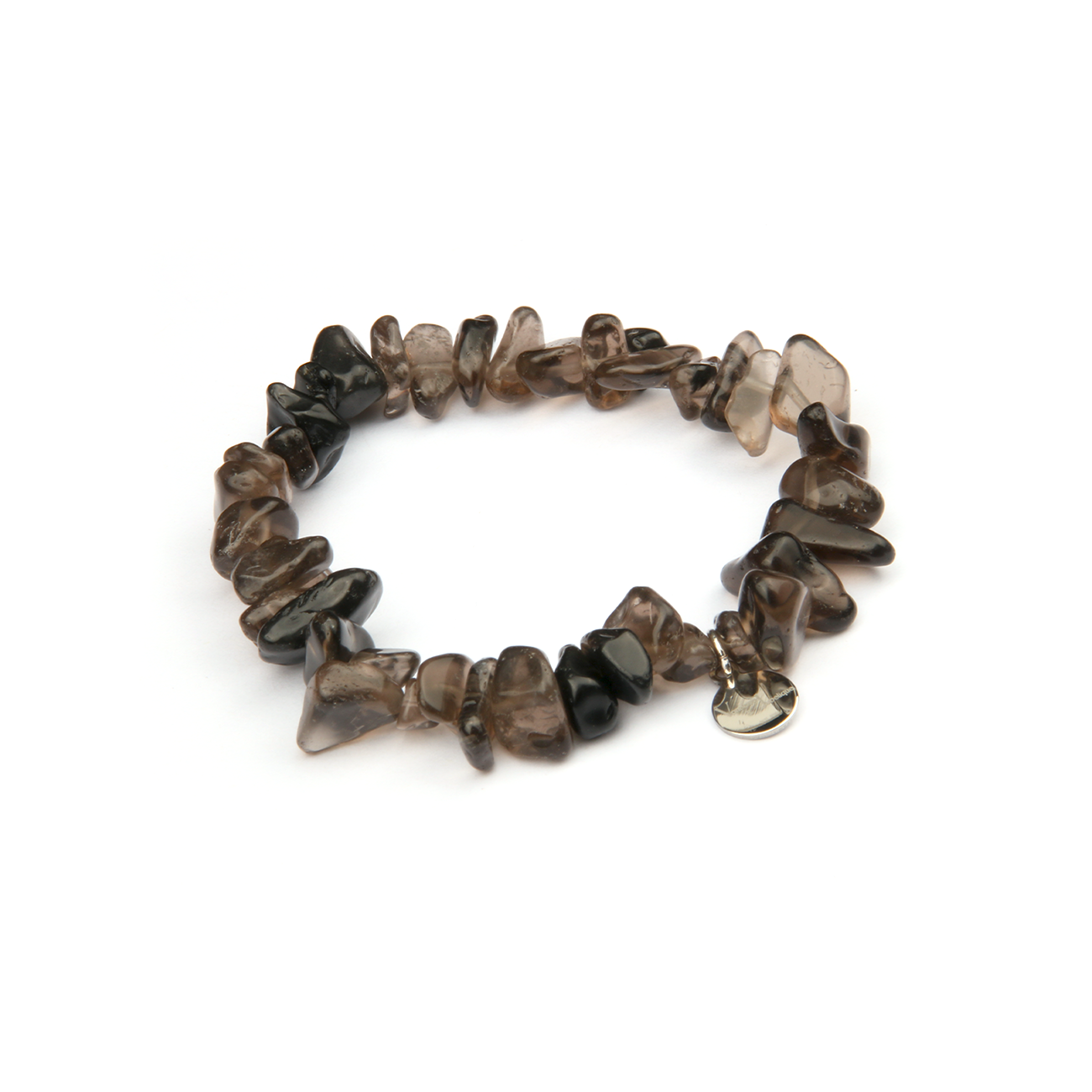
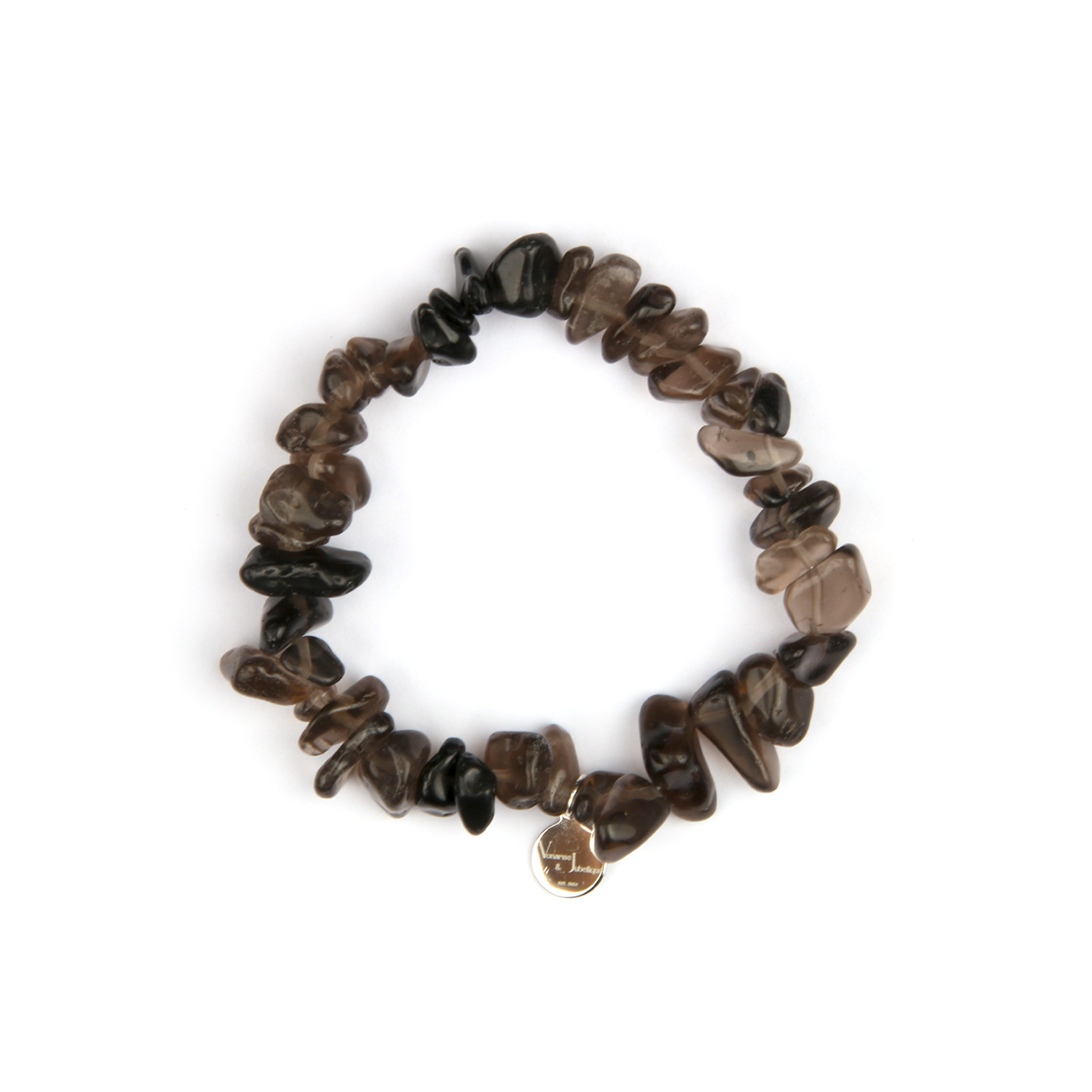
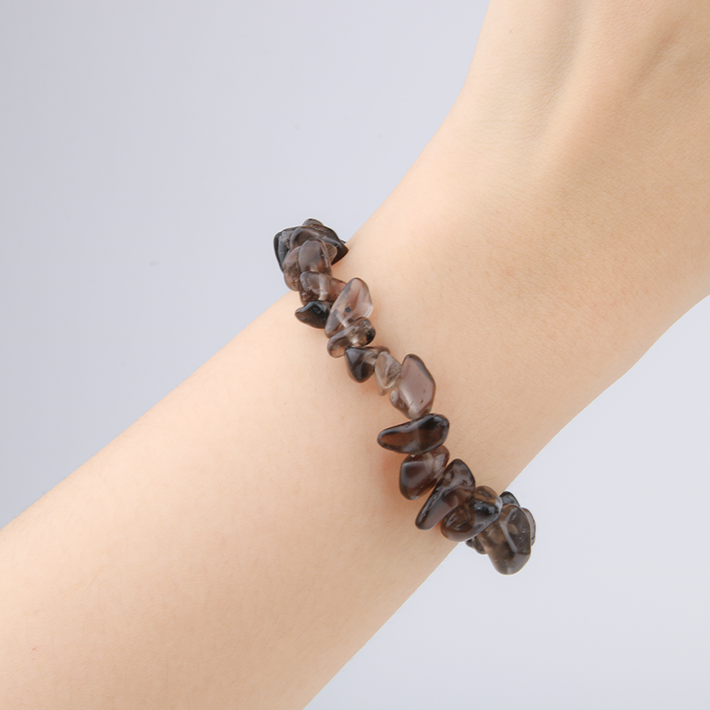
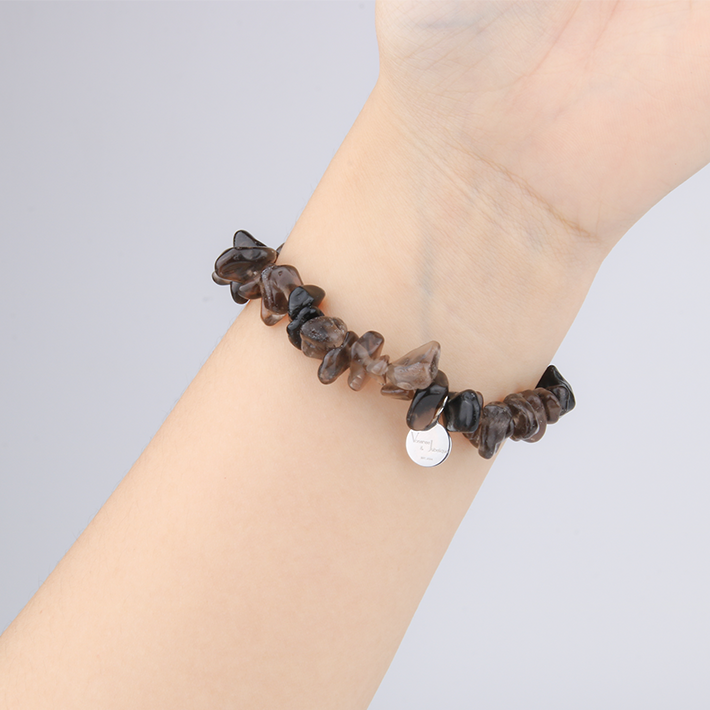
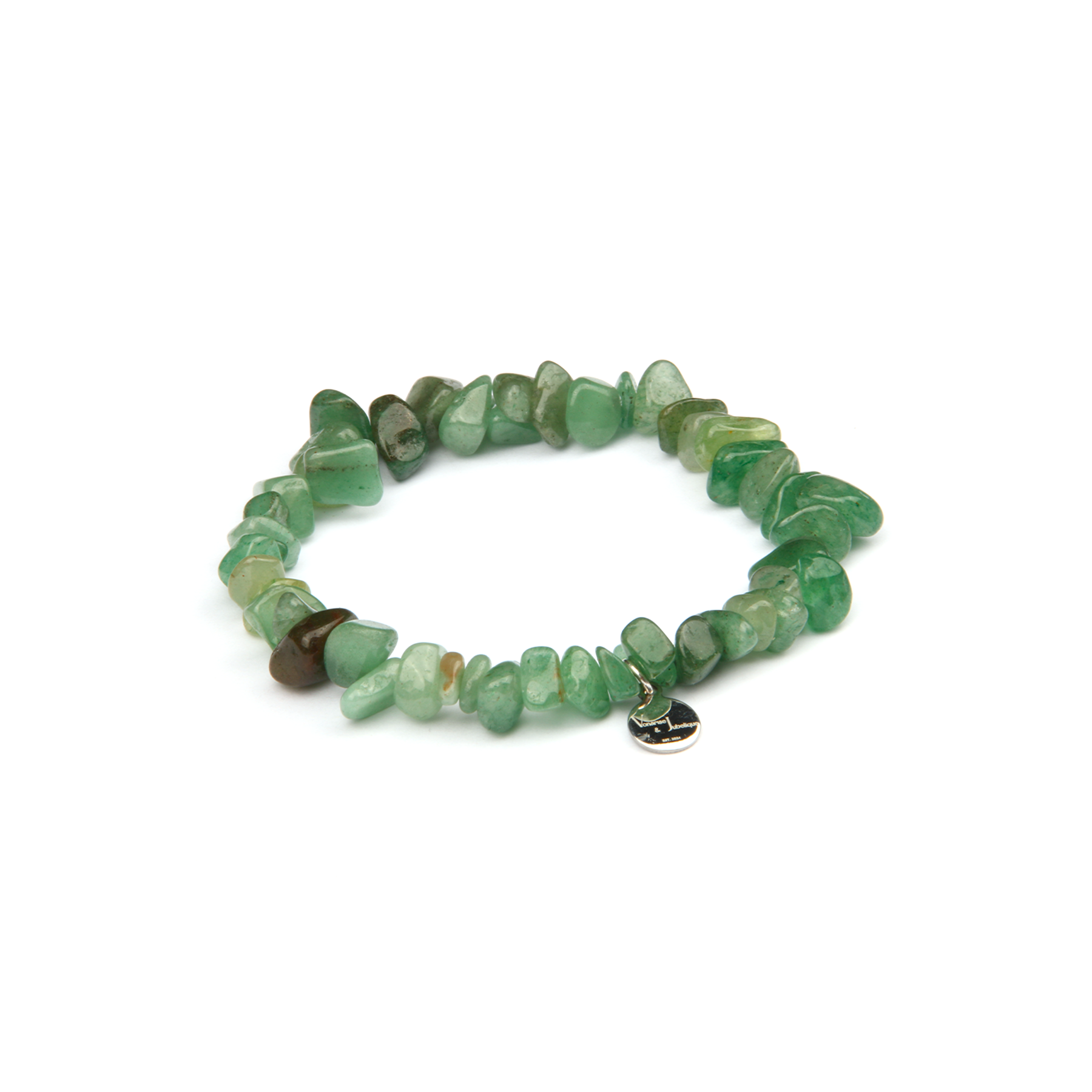
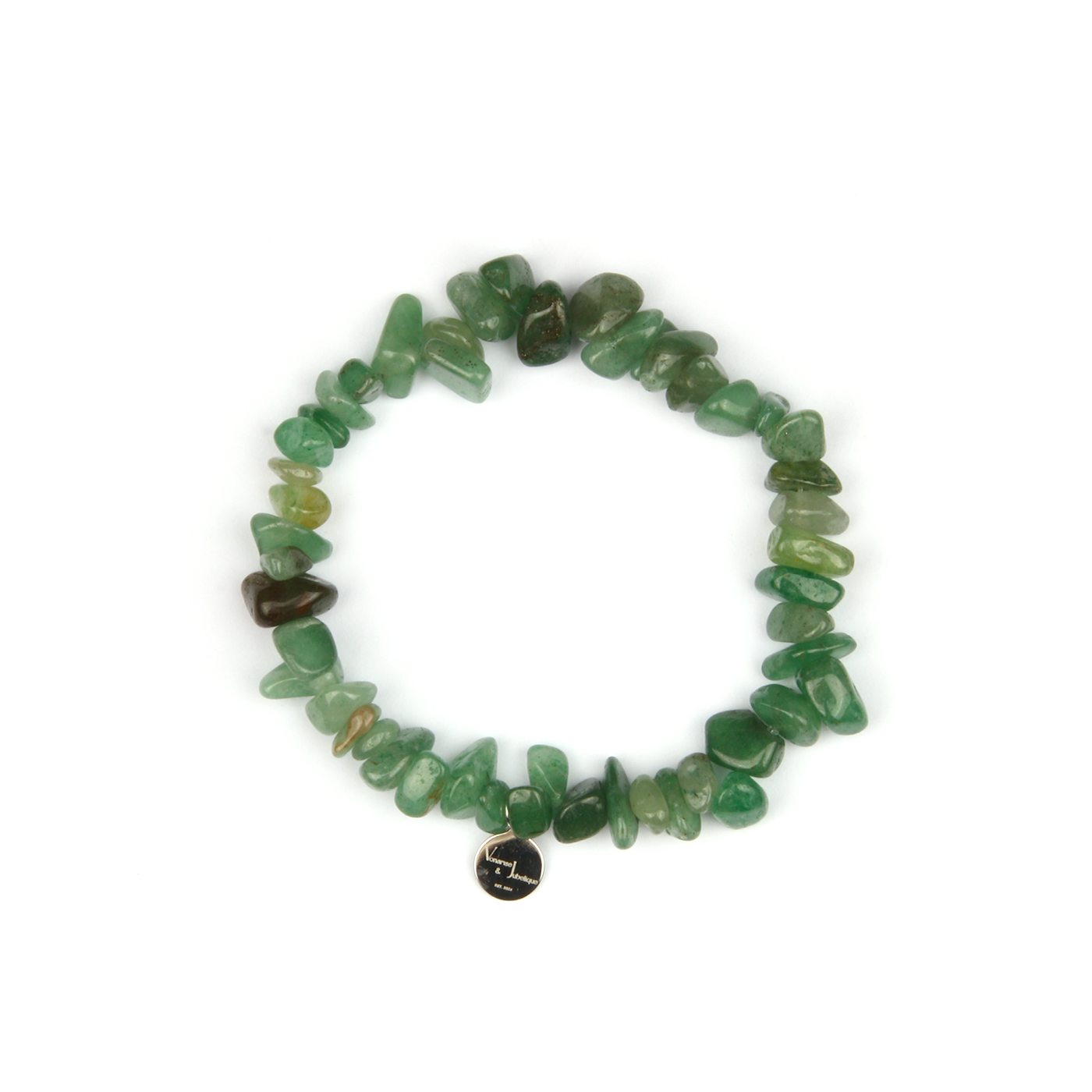

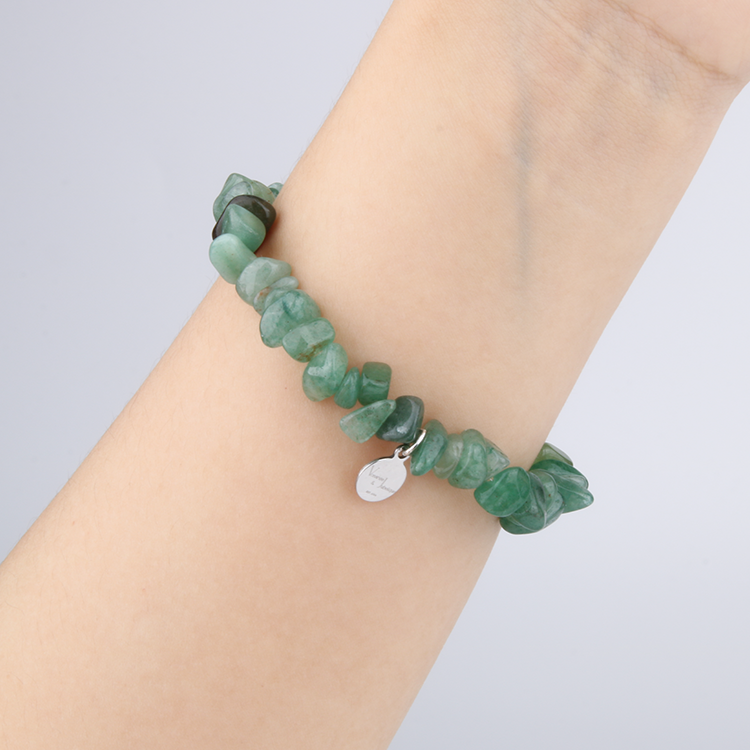
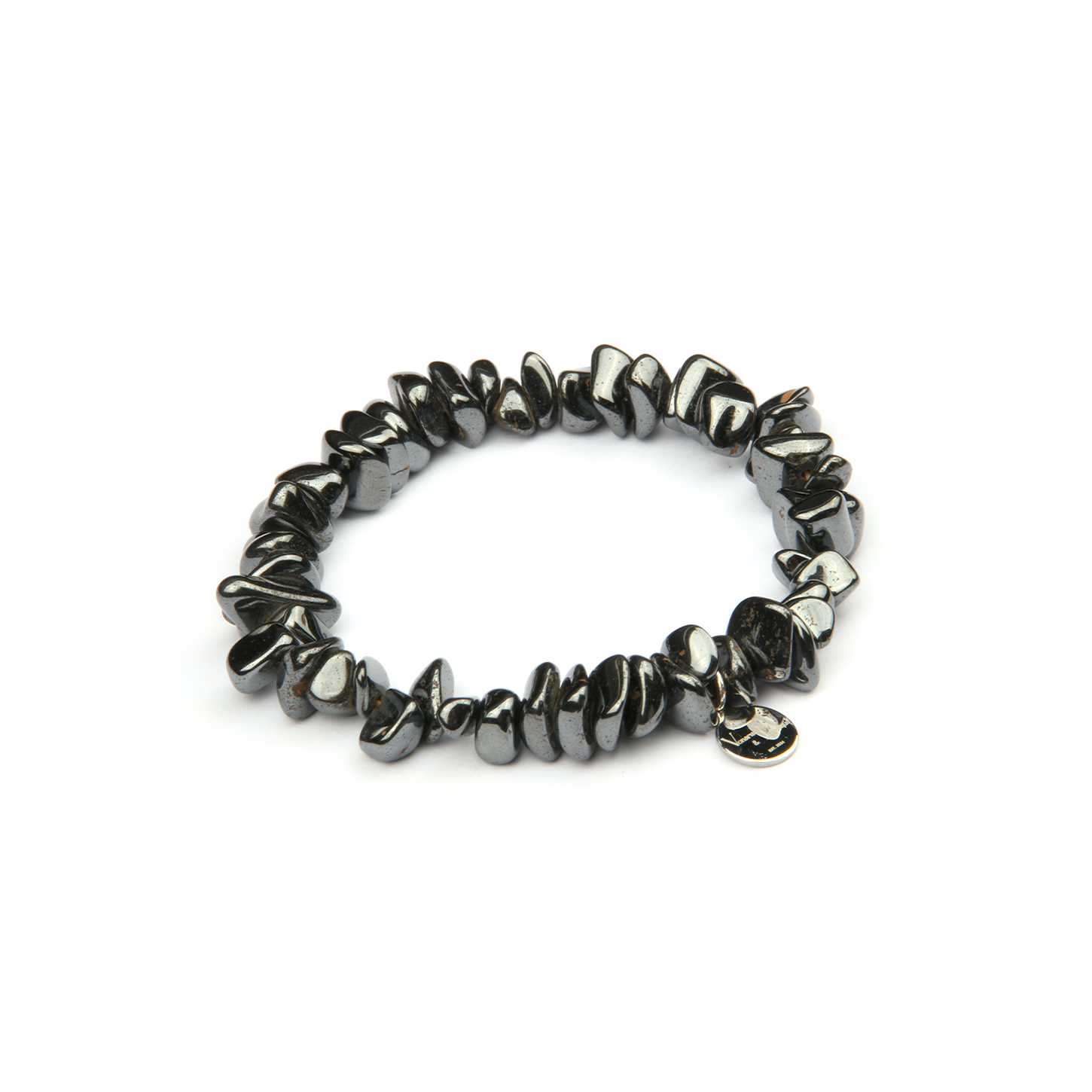
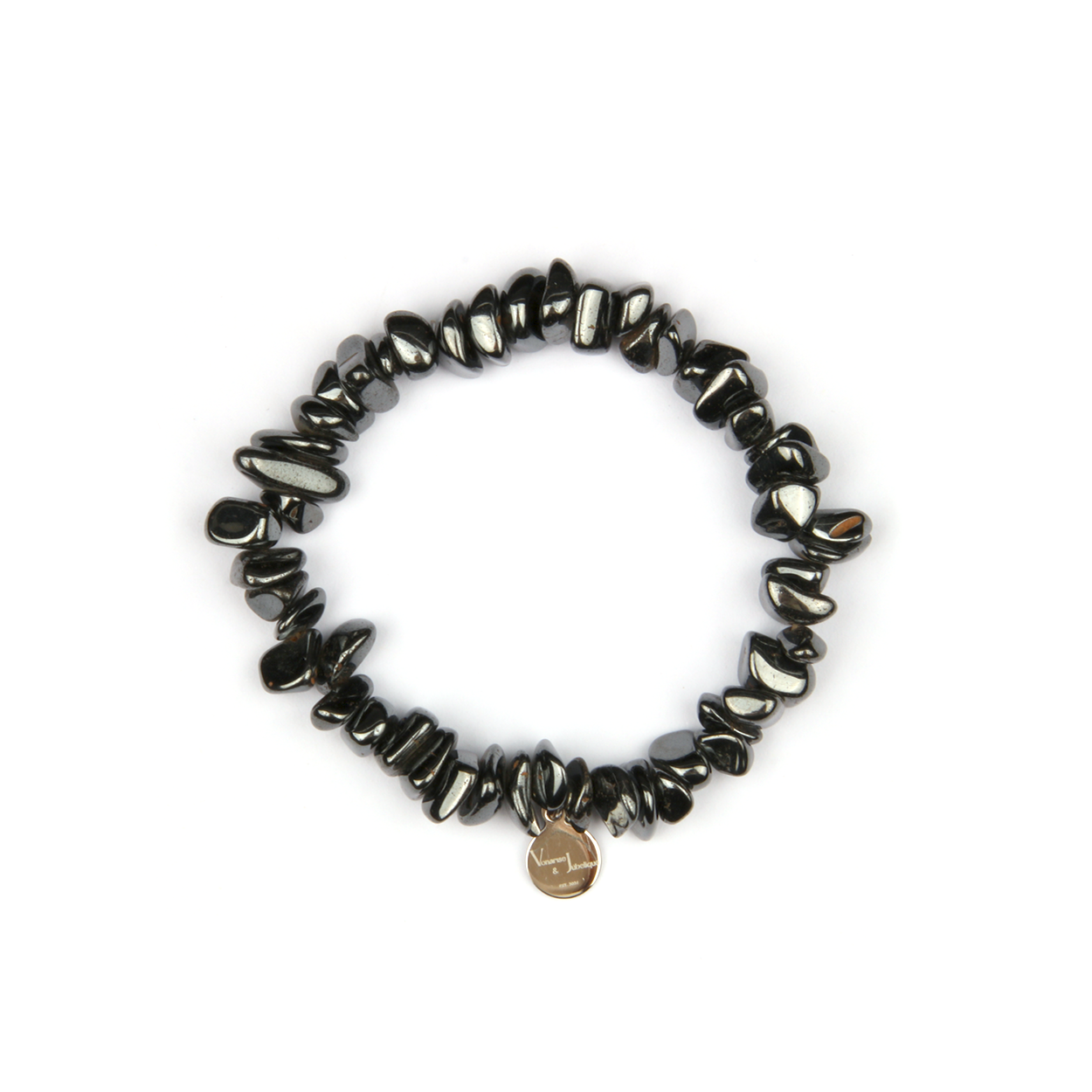
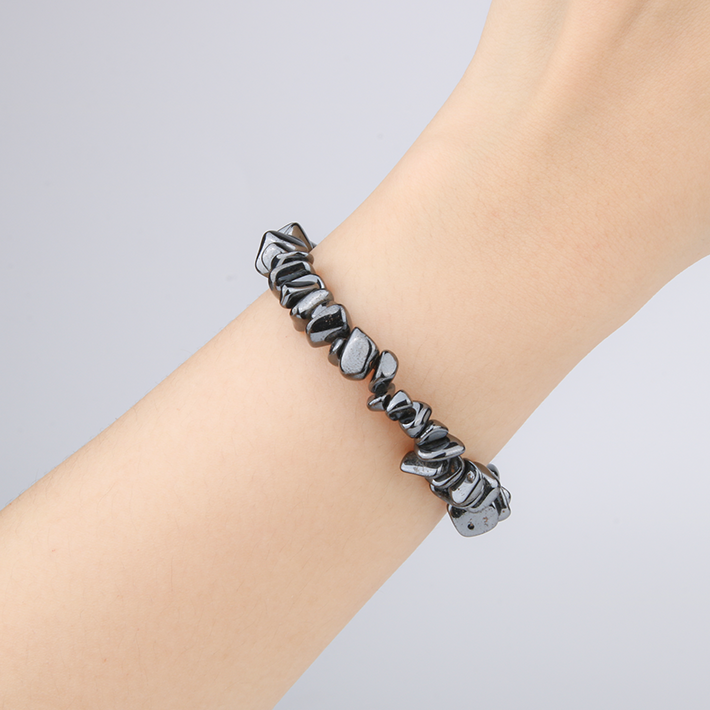
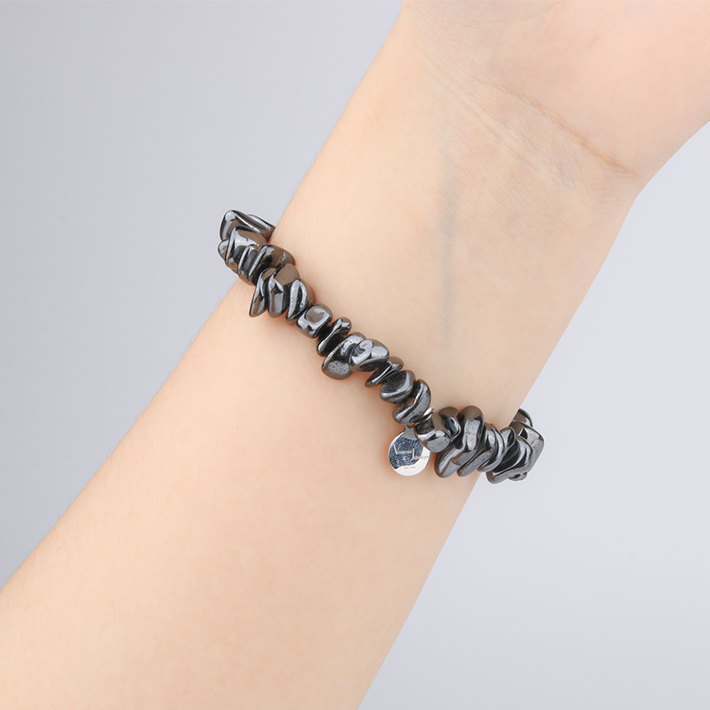
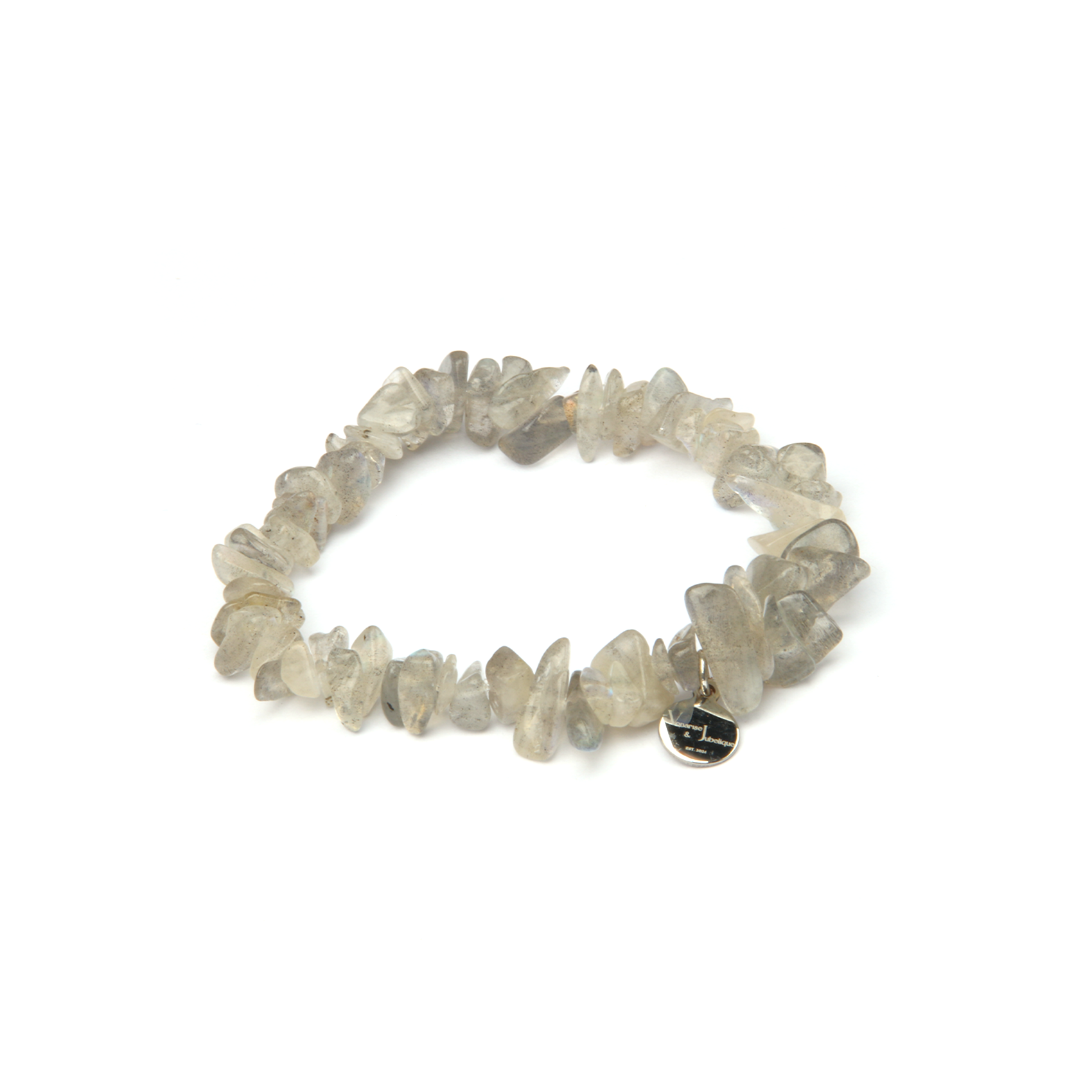
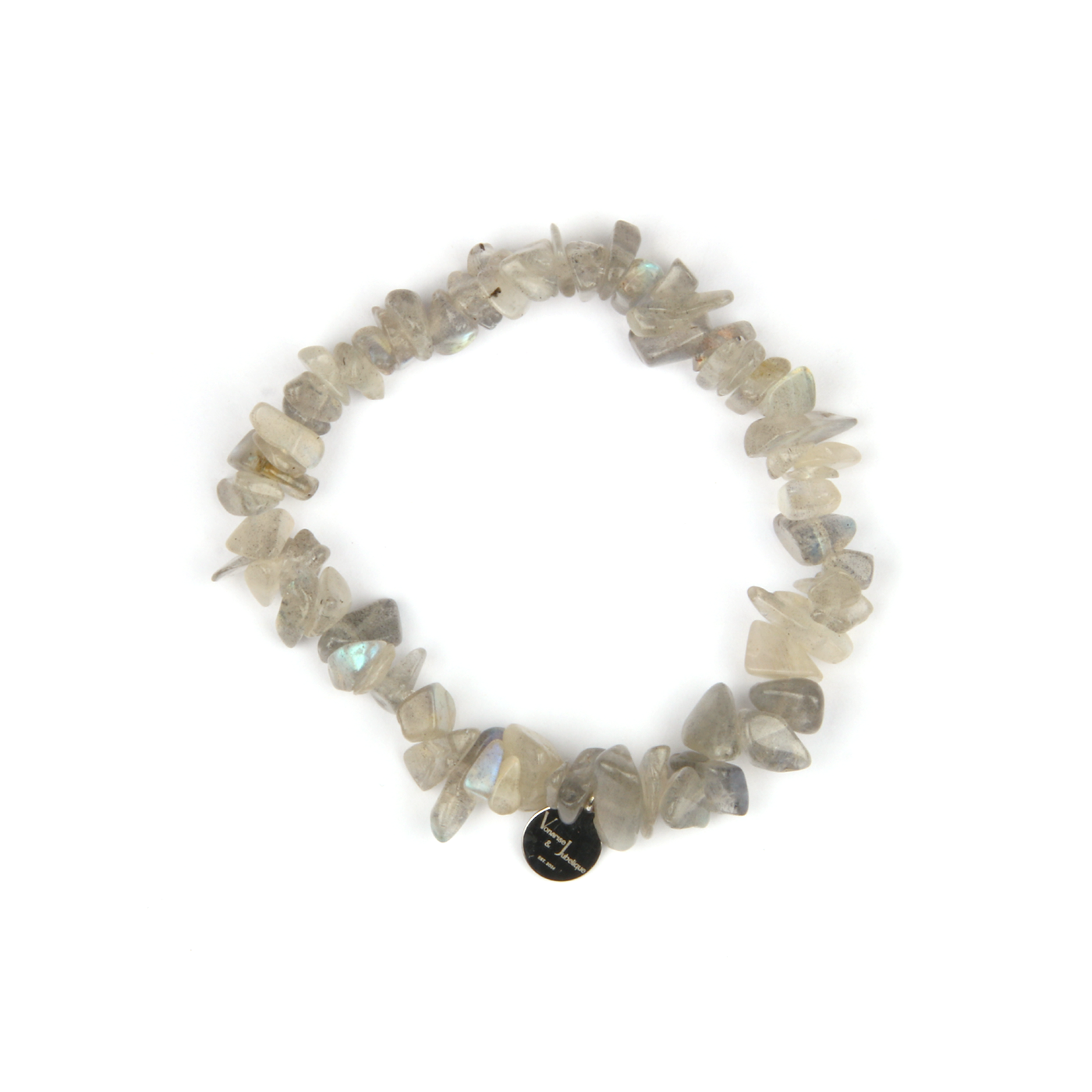

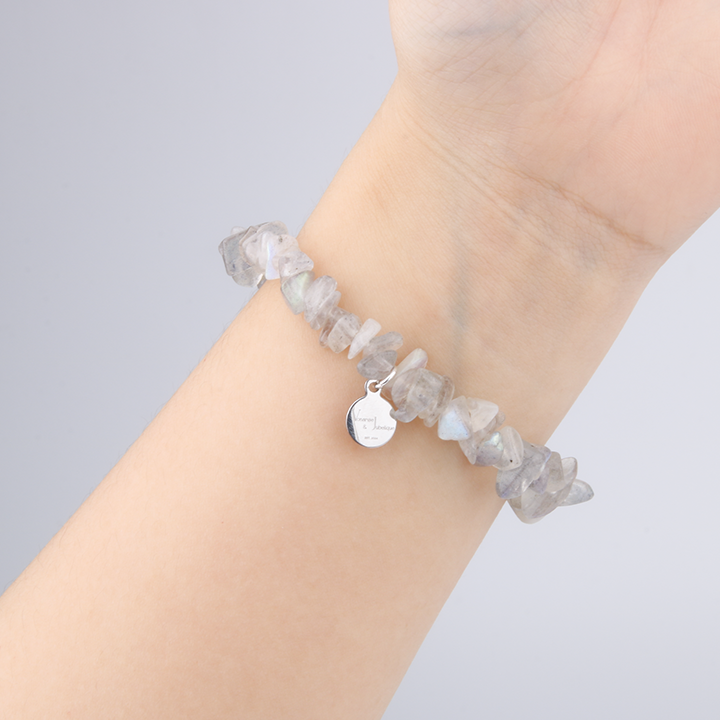
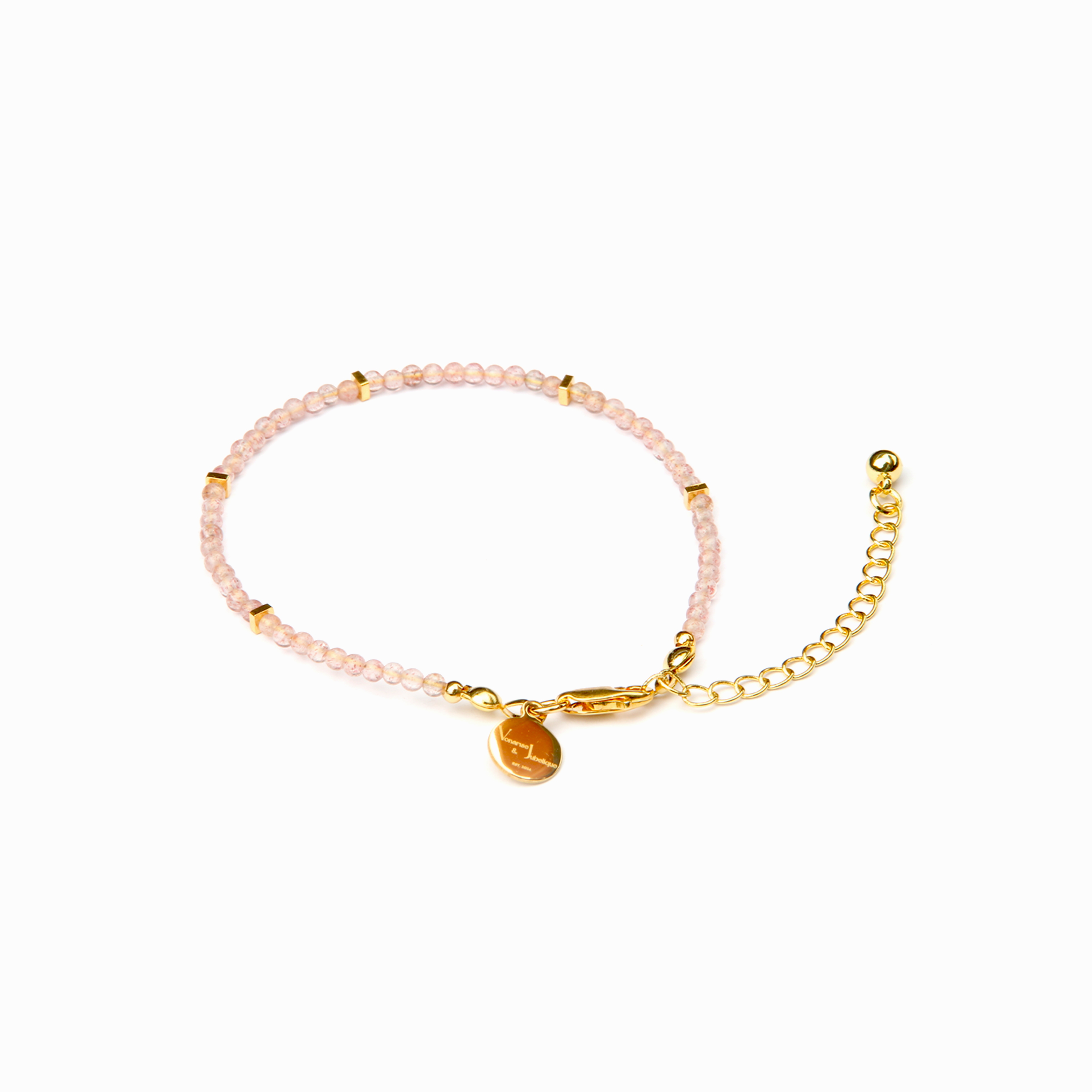

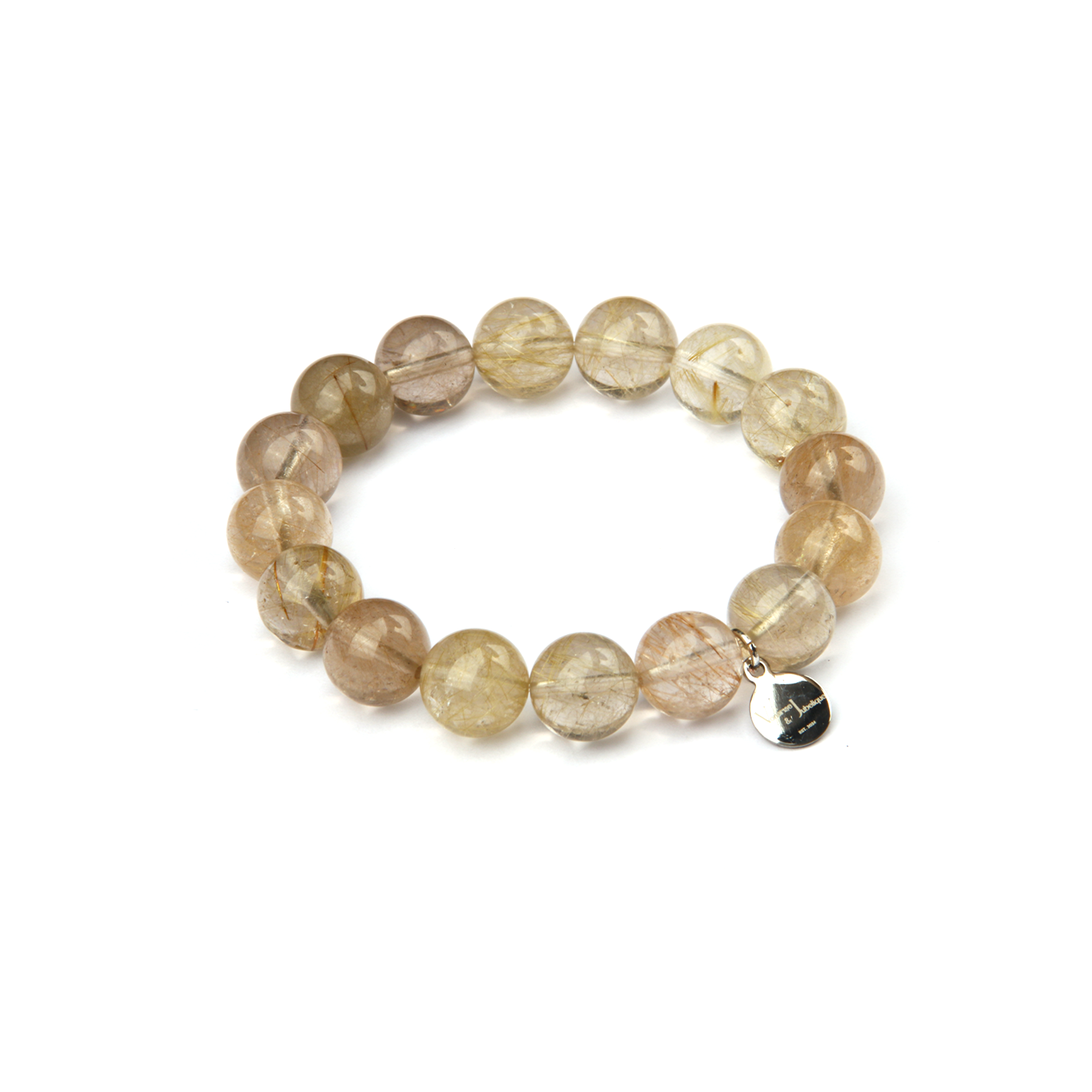
Share:
Green Phantom Quartz
Carnelian